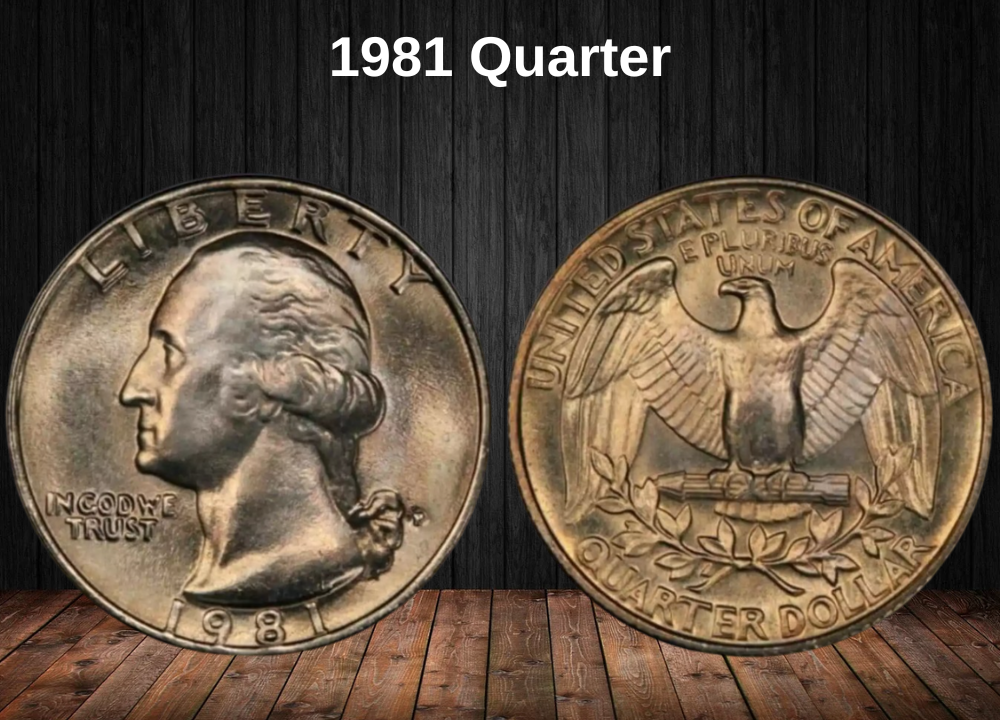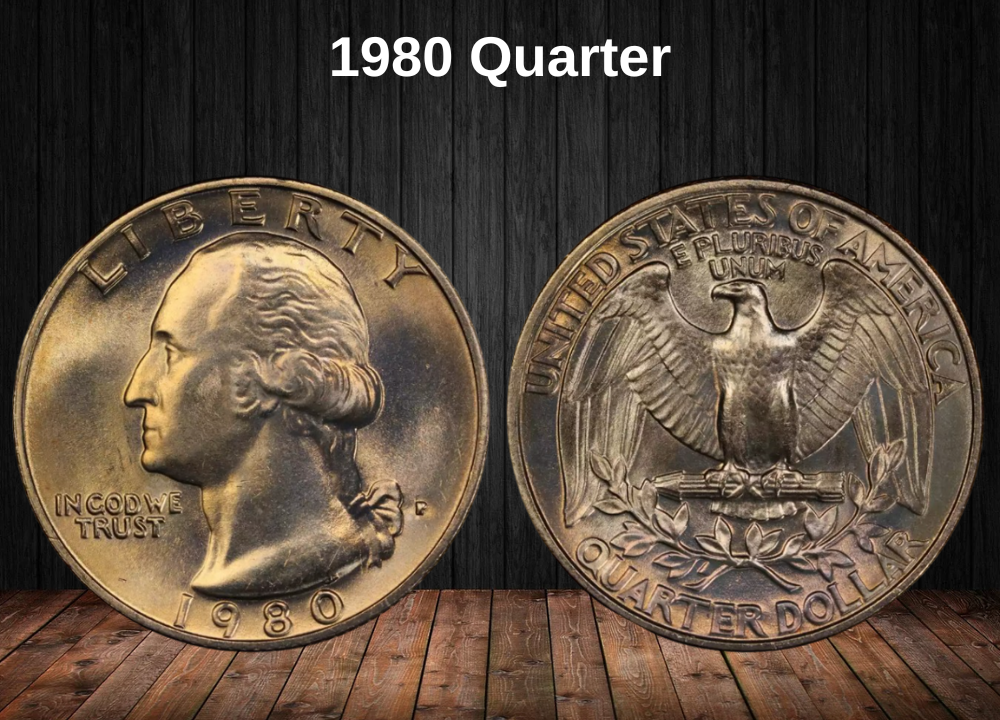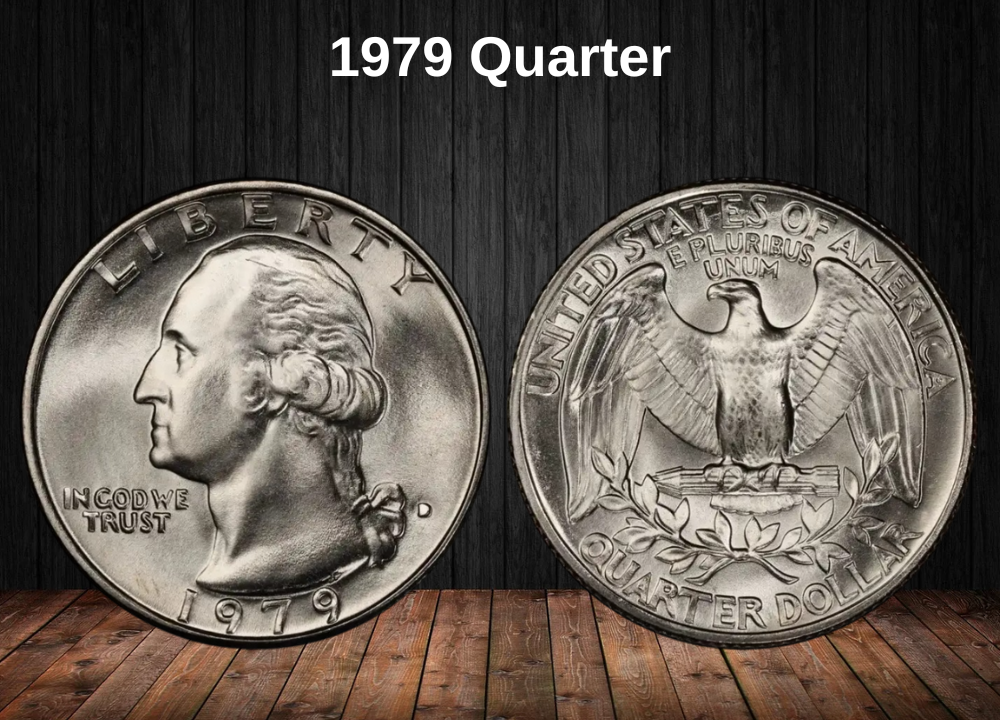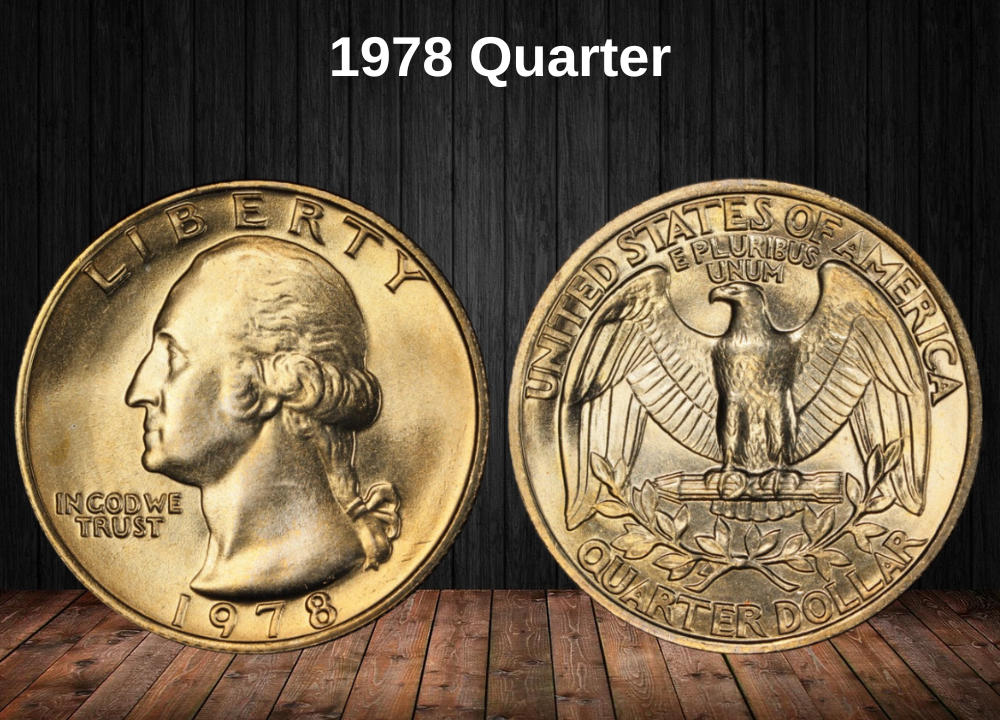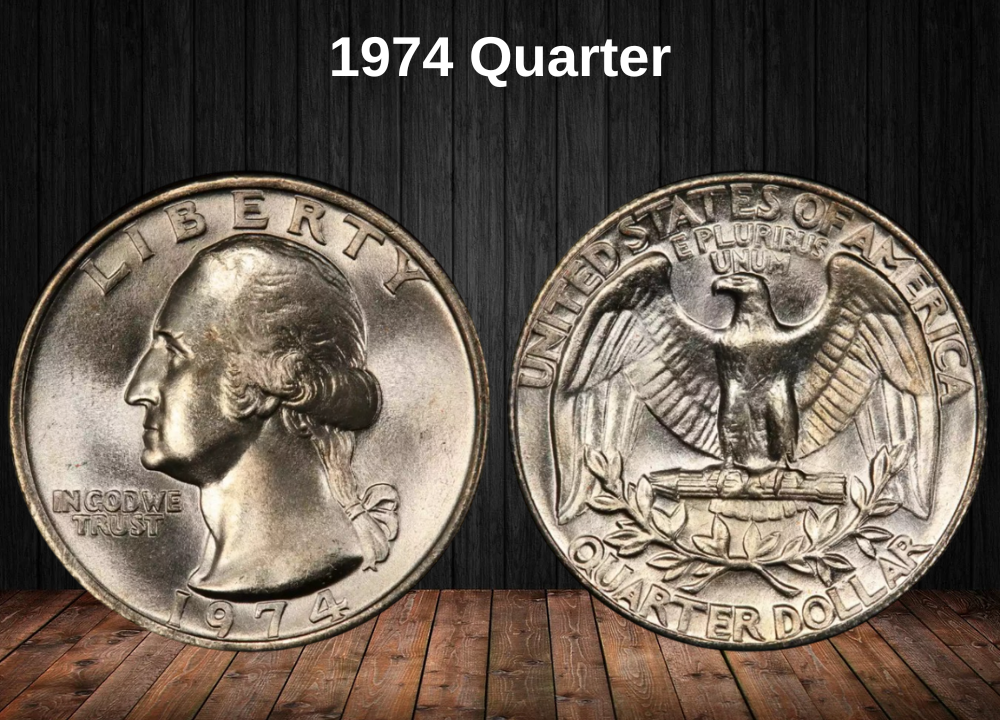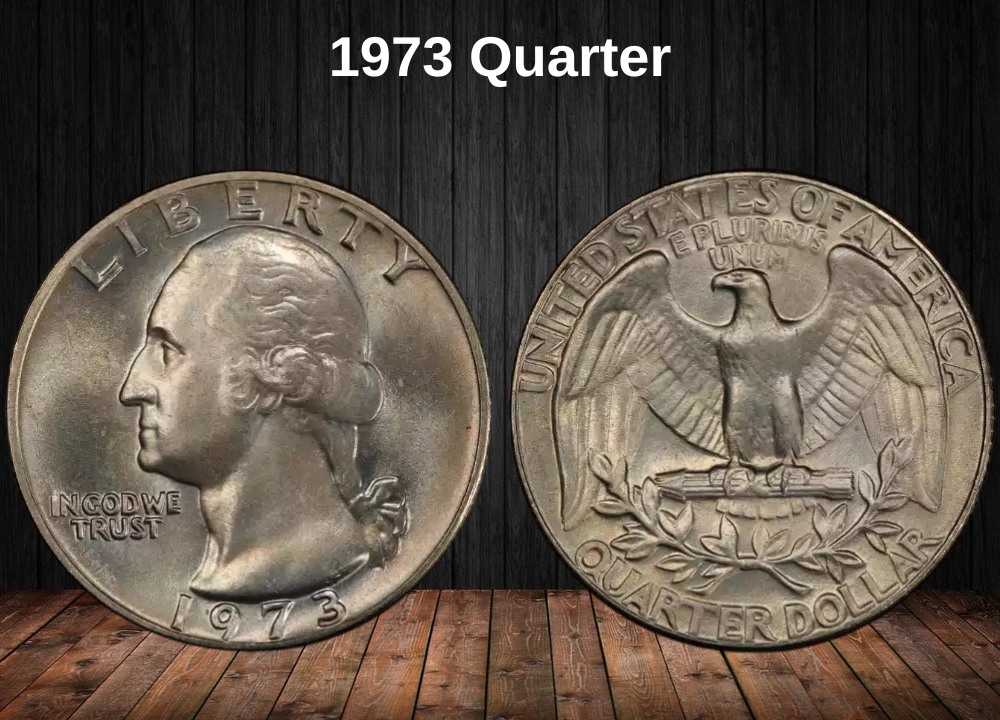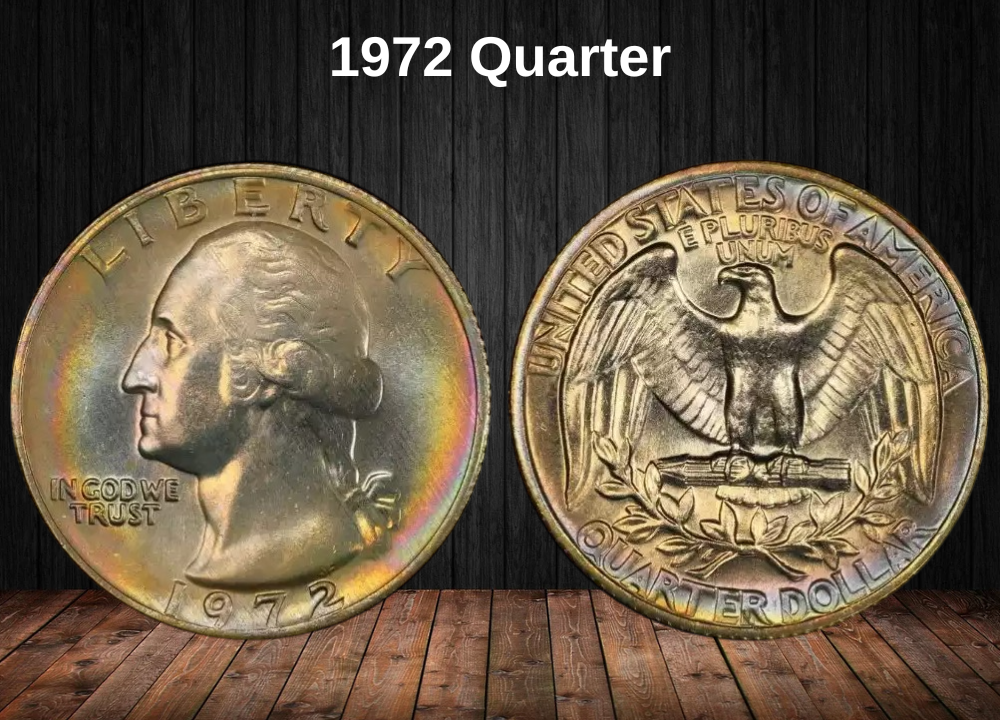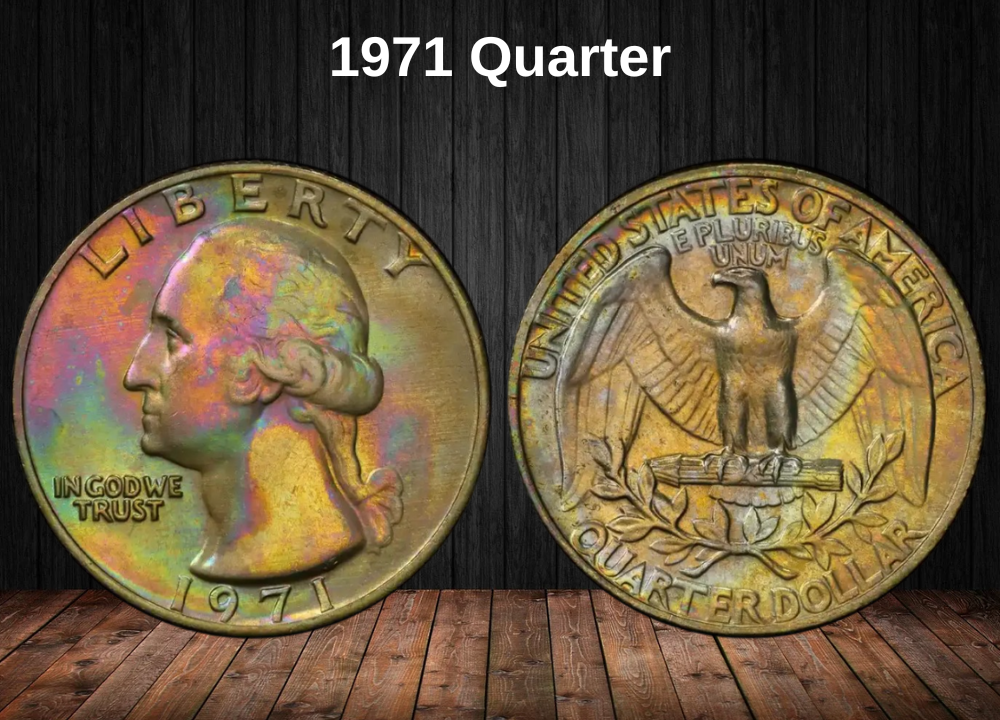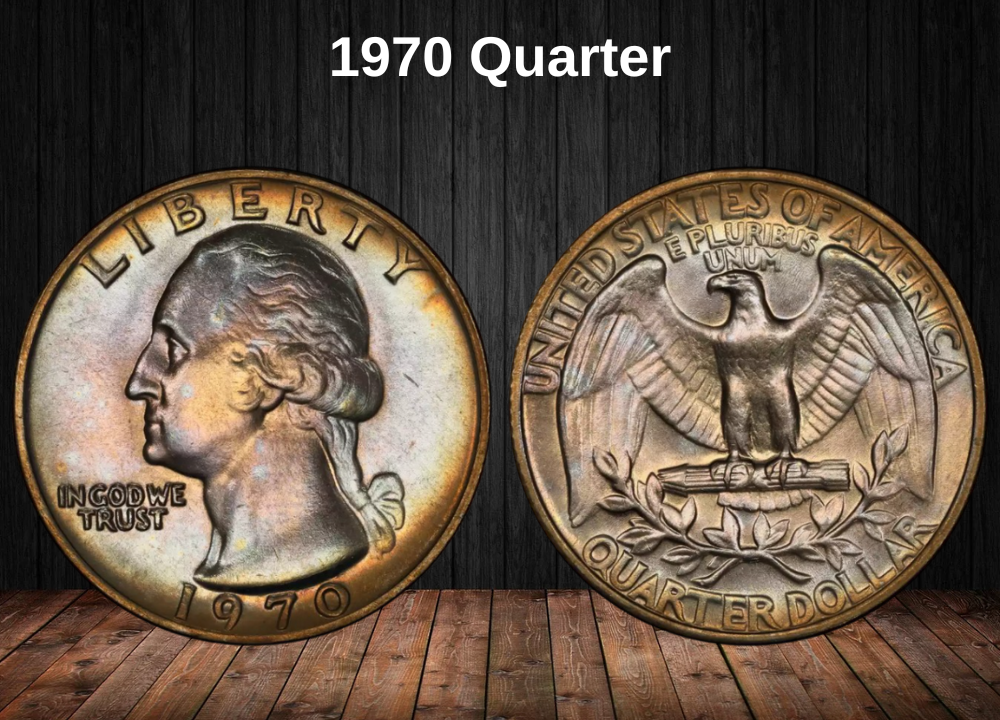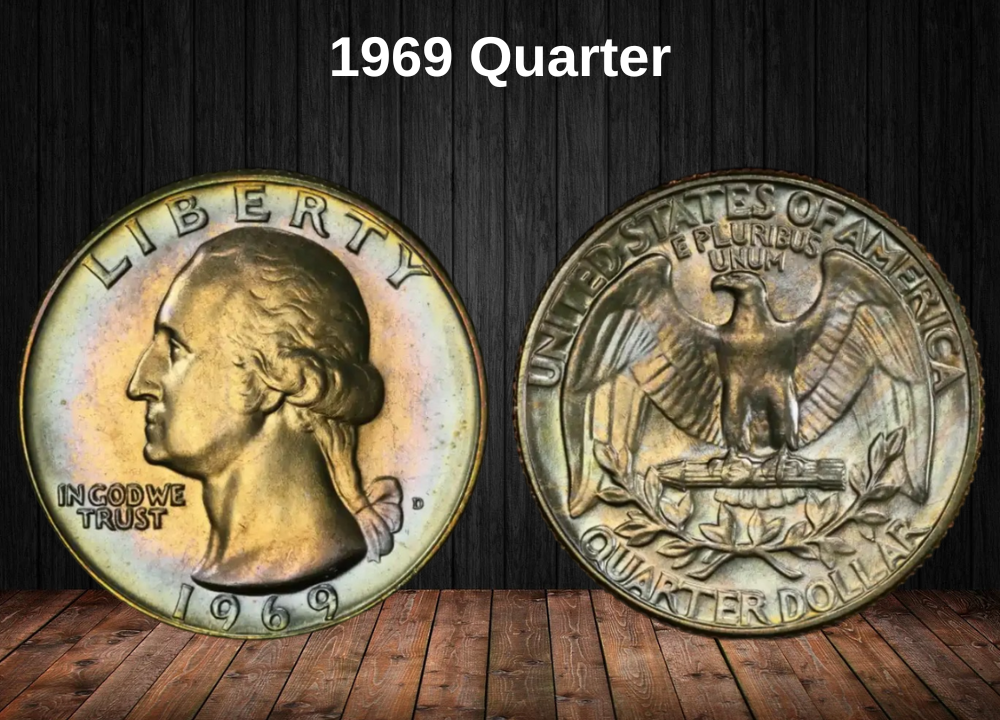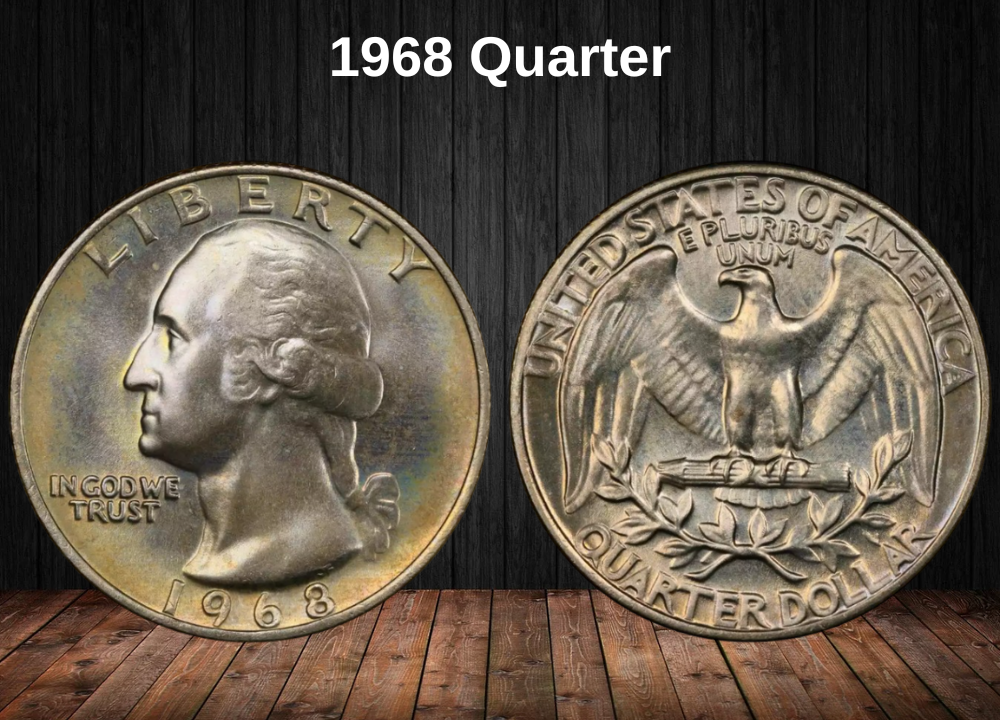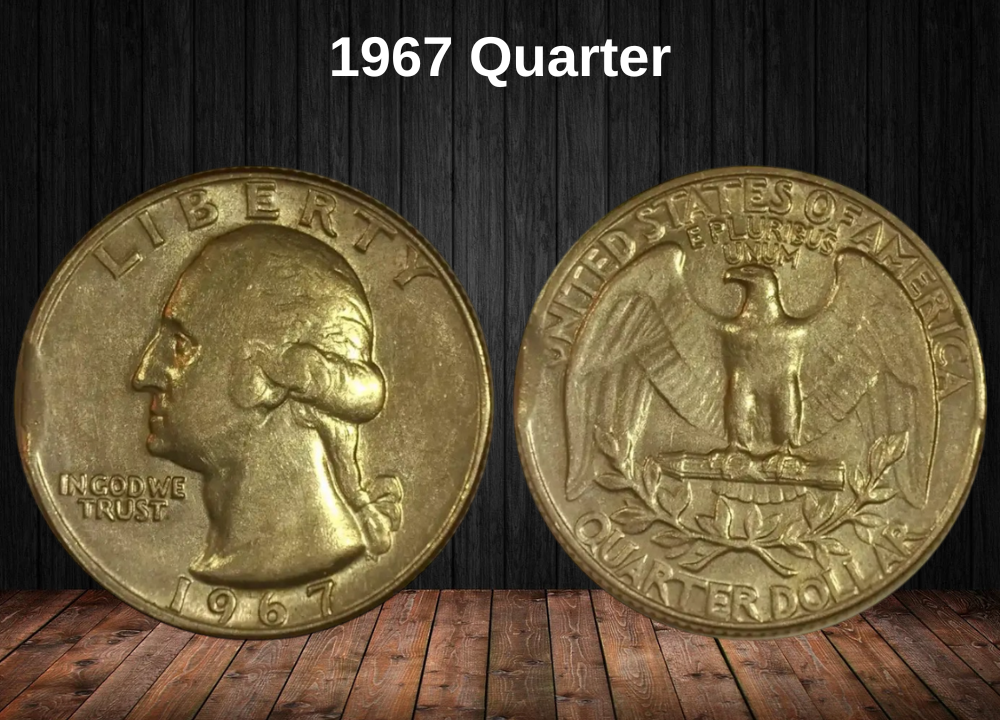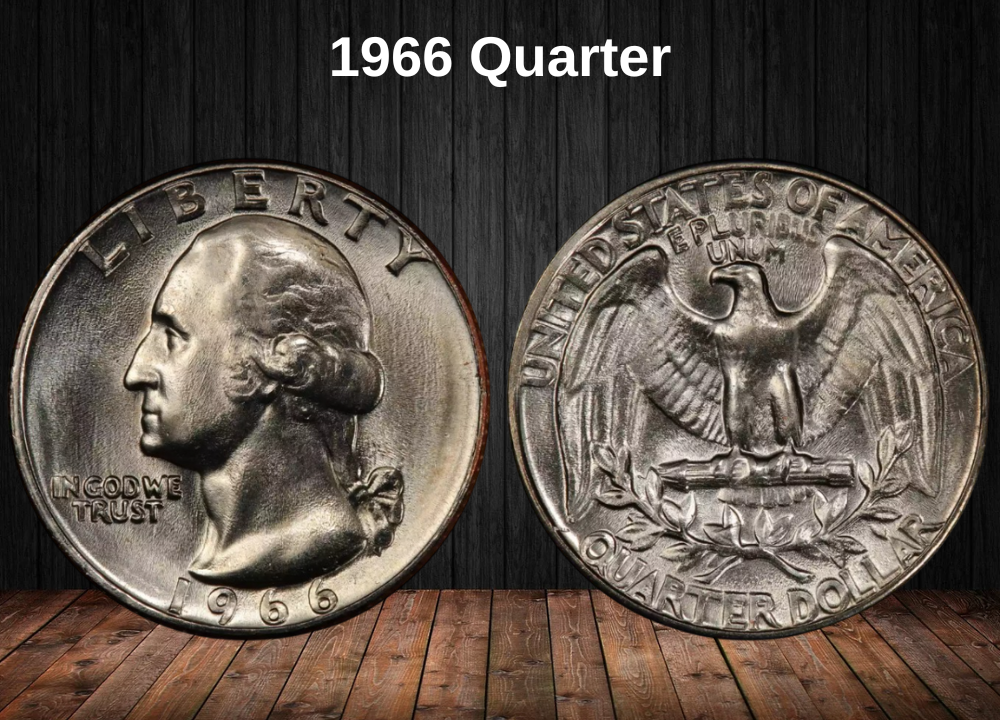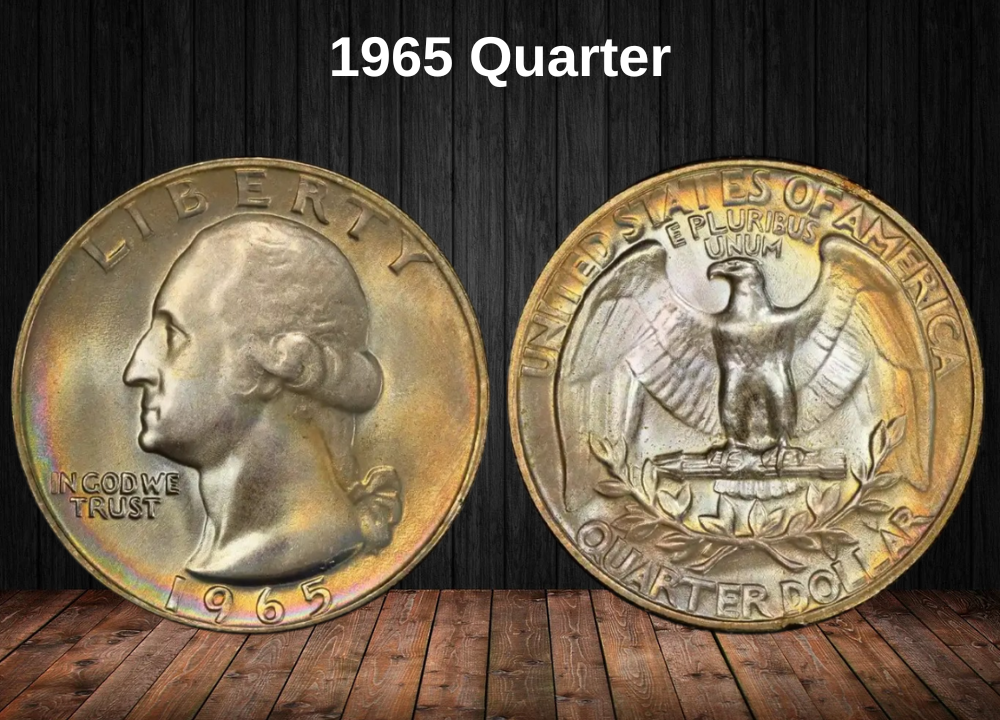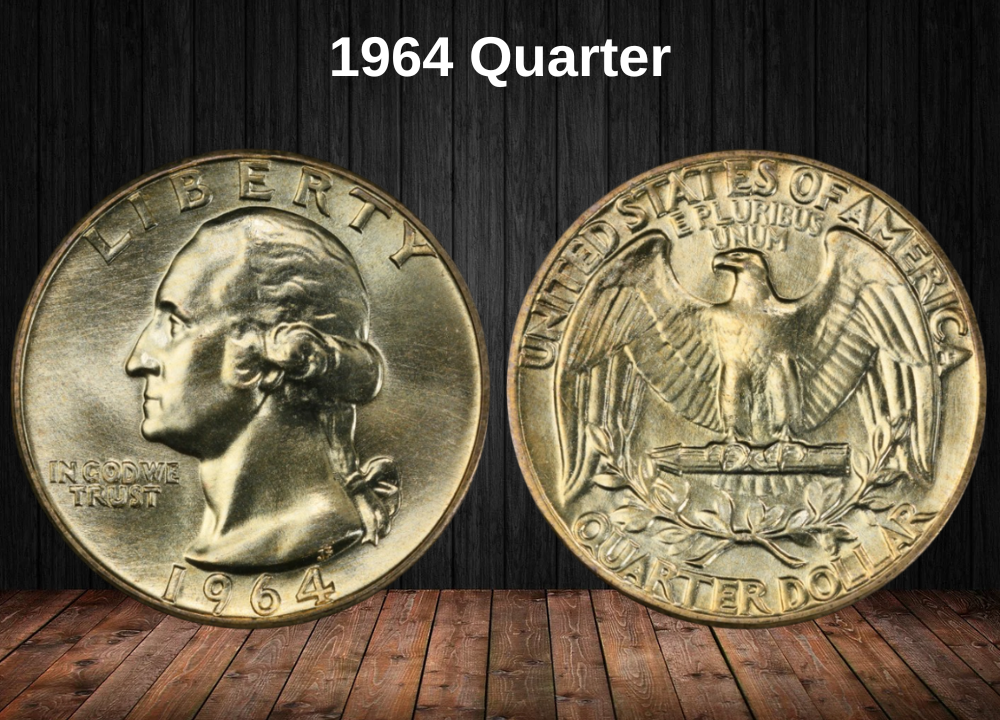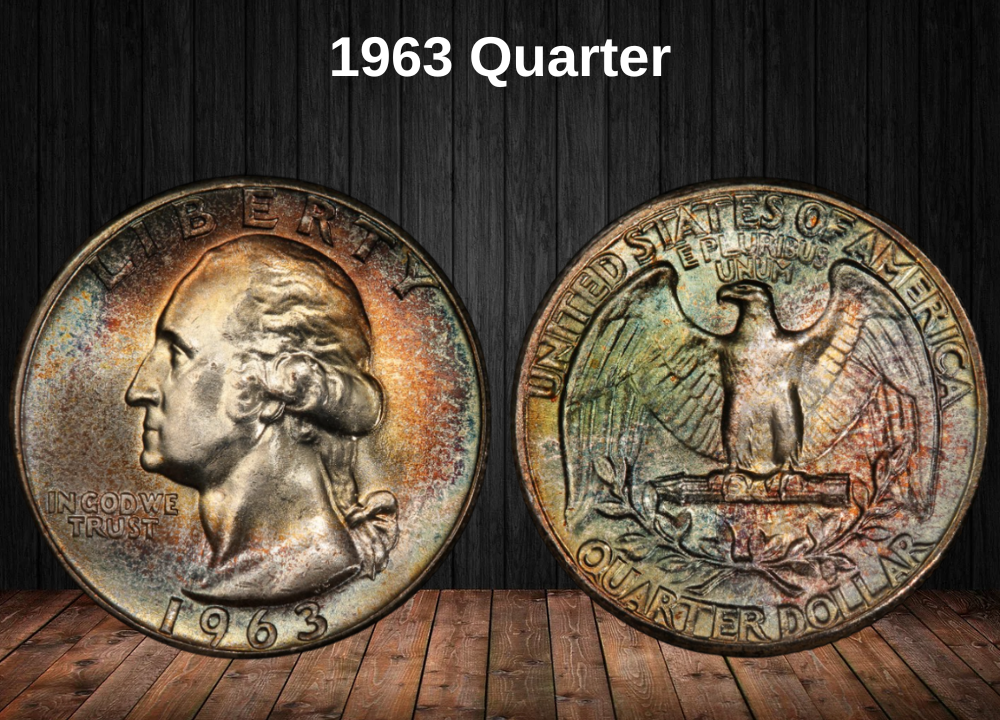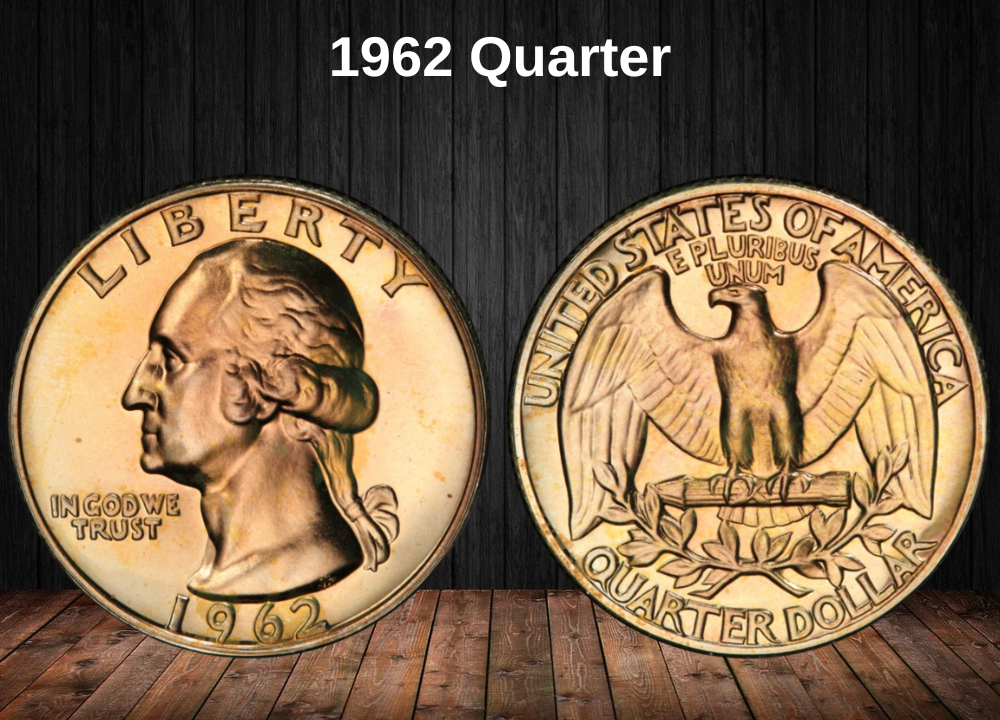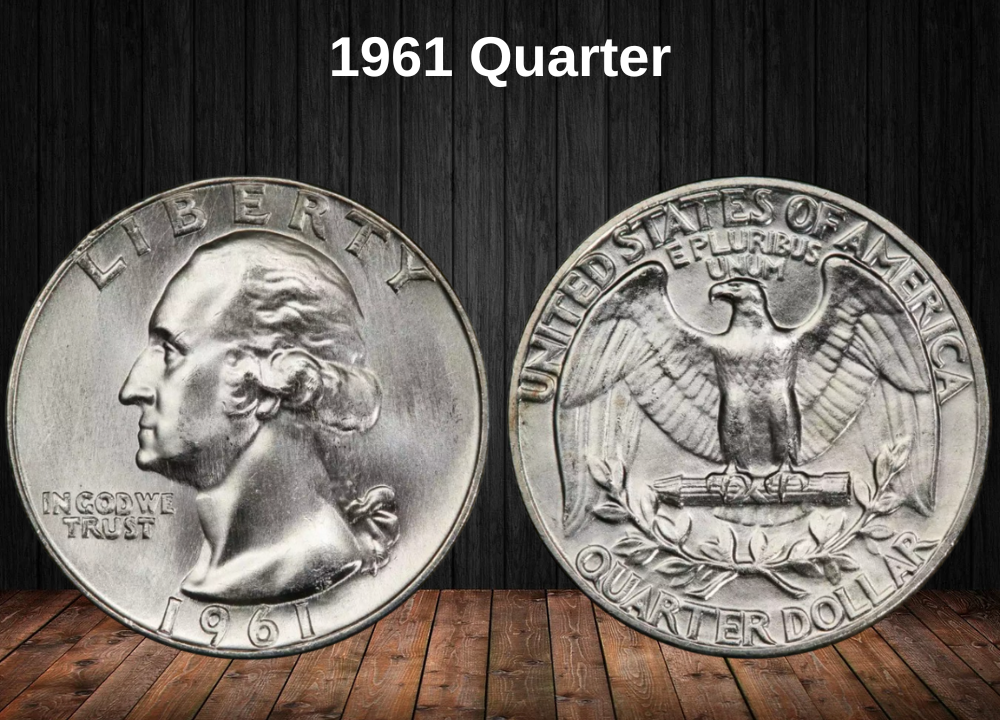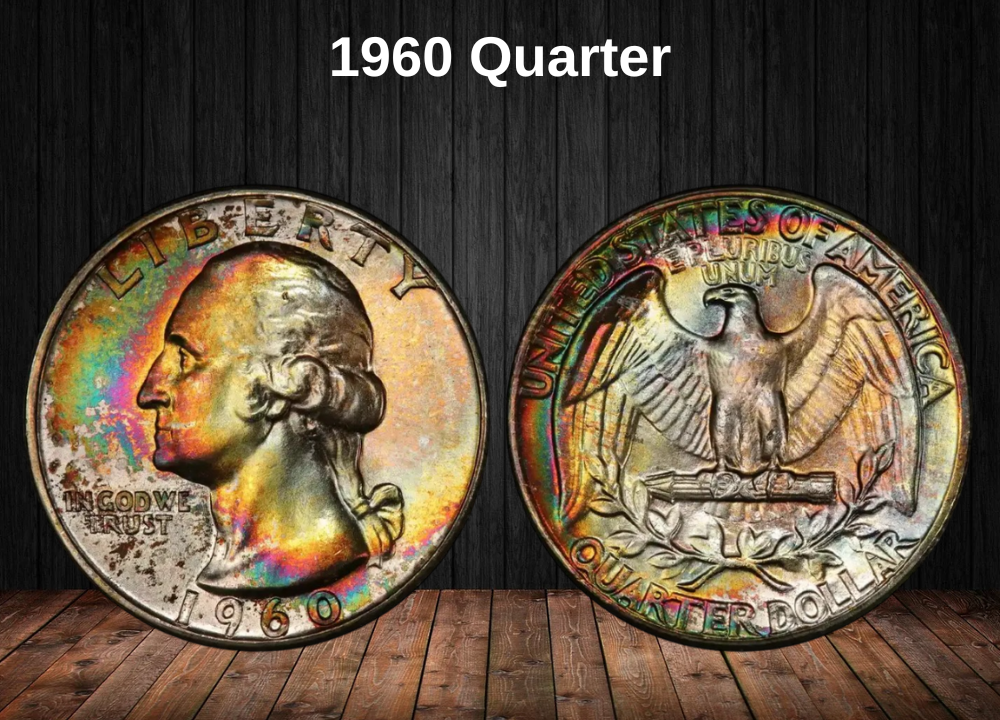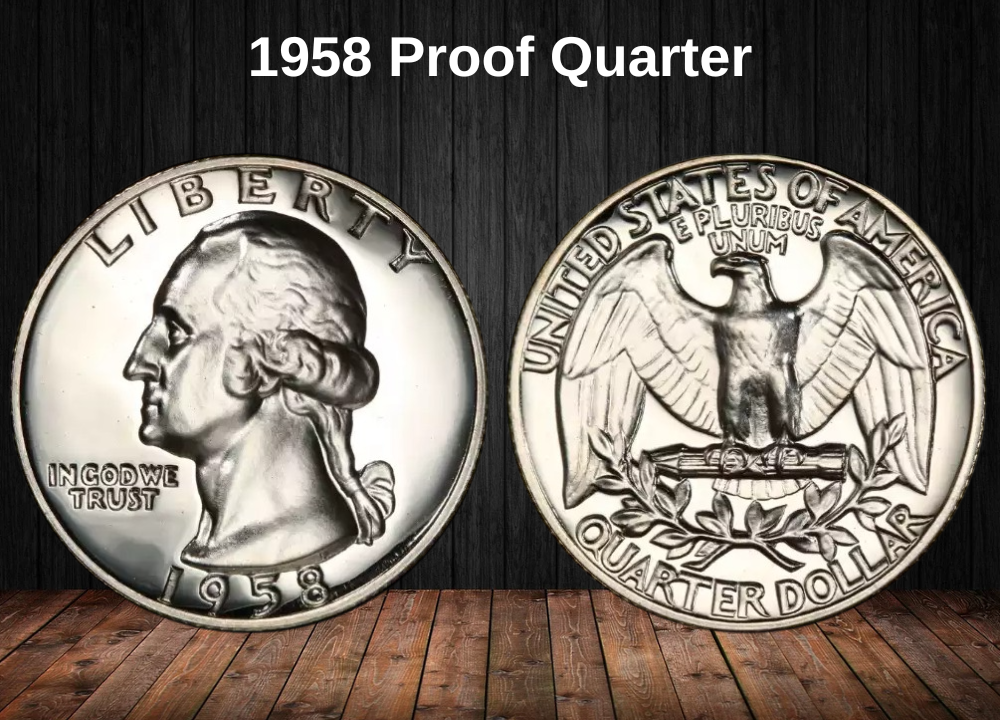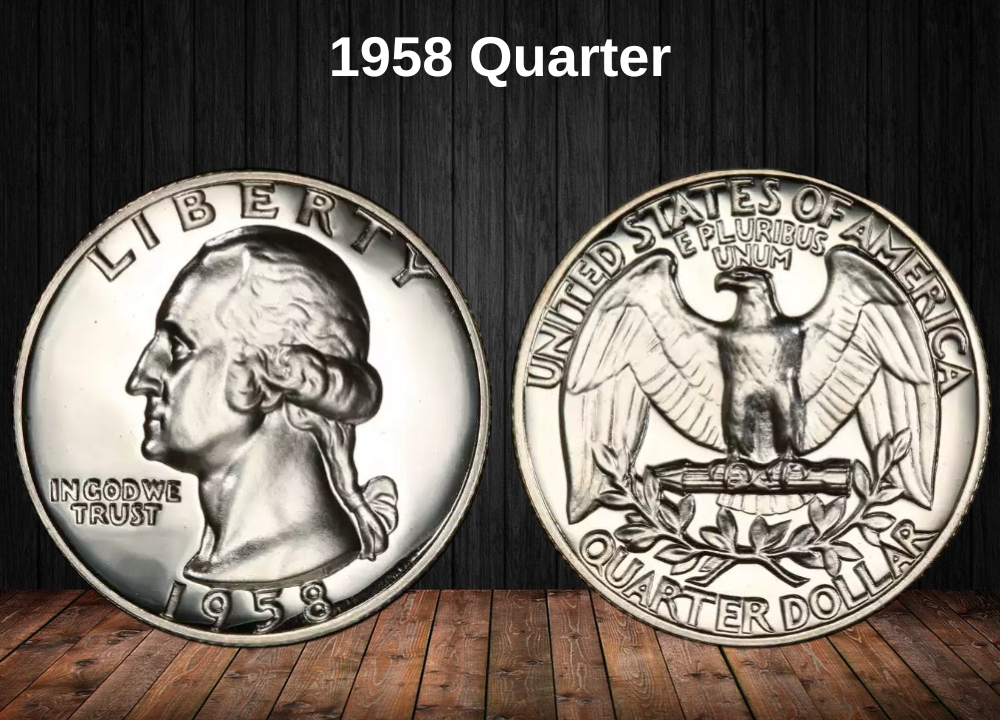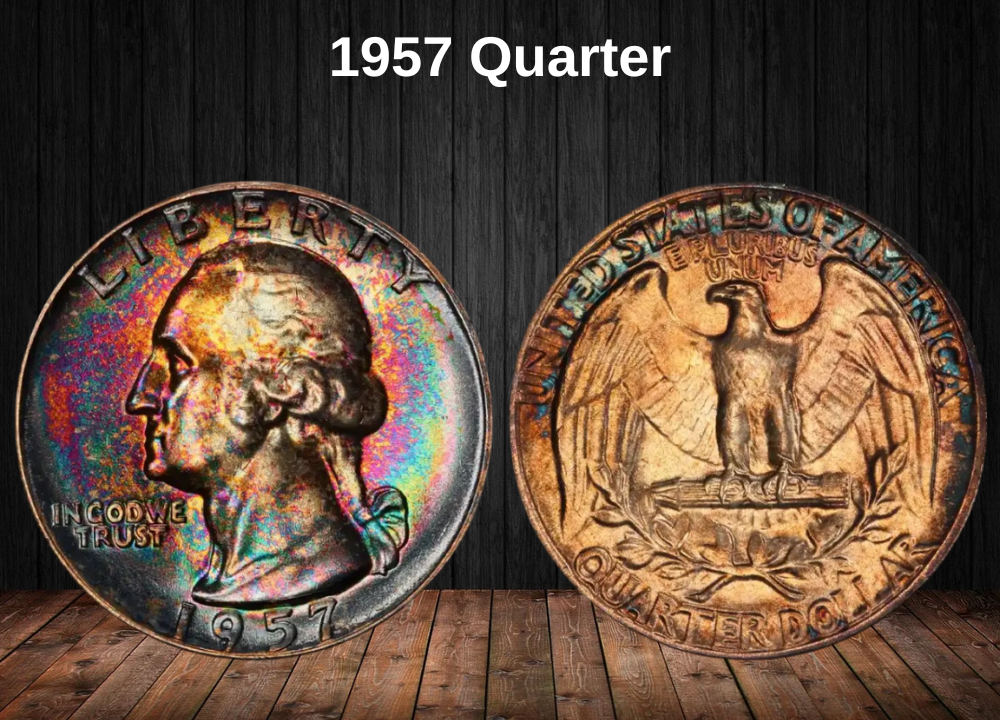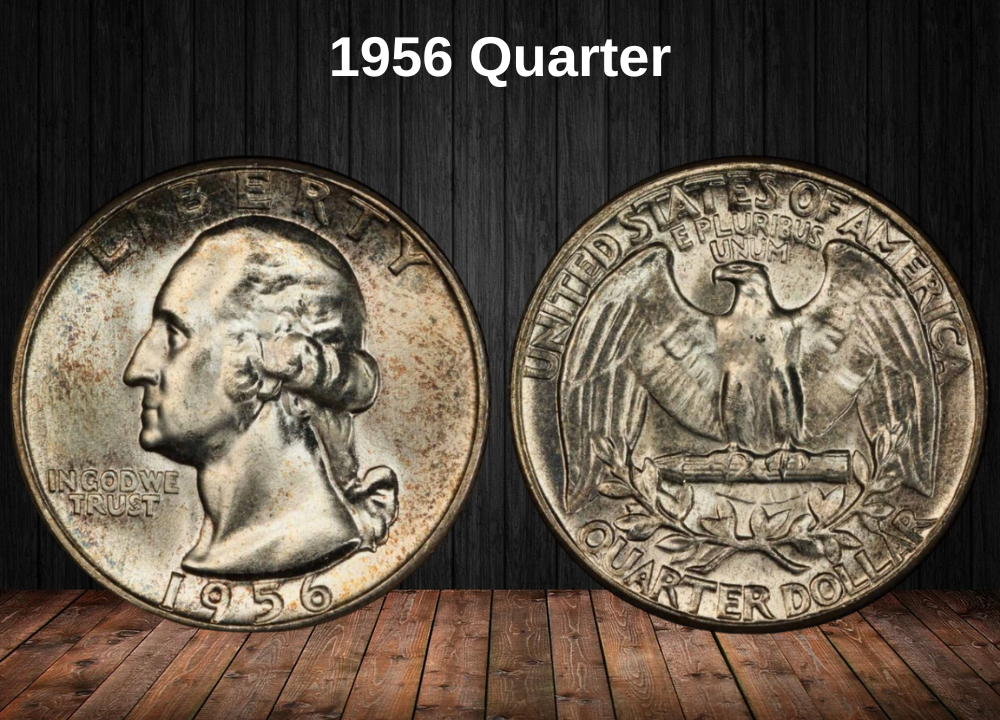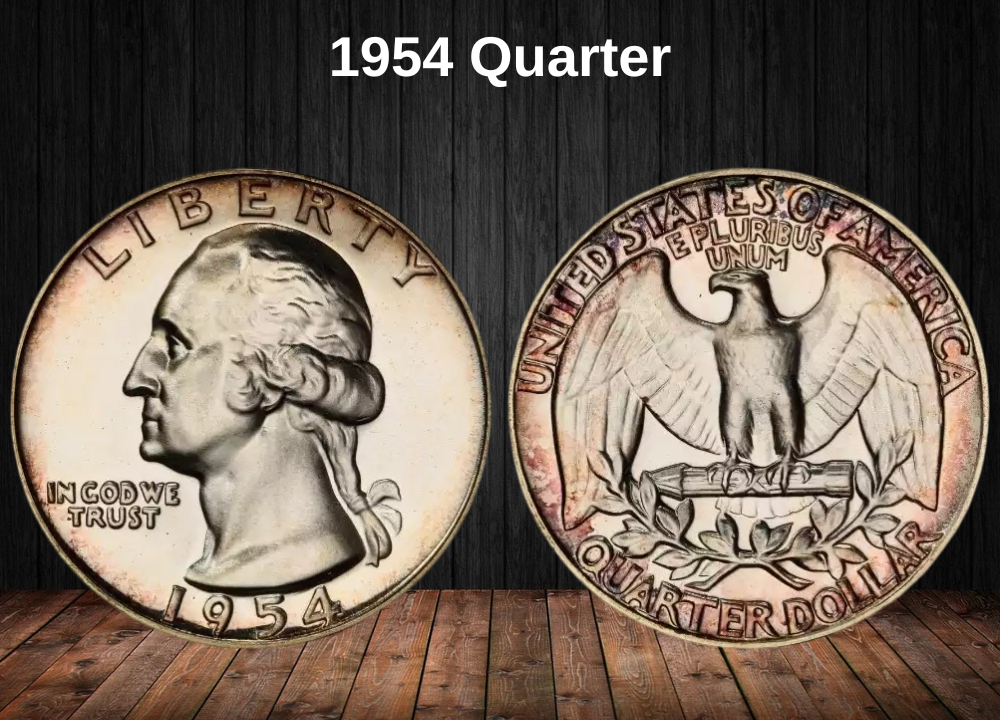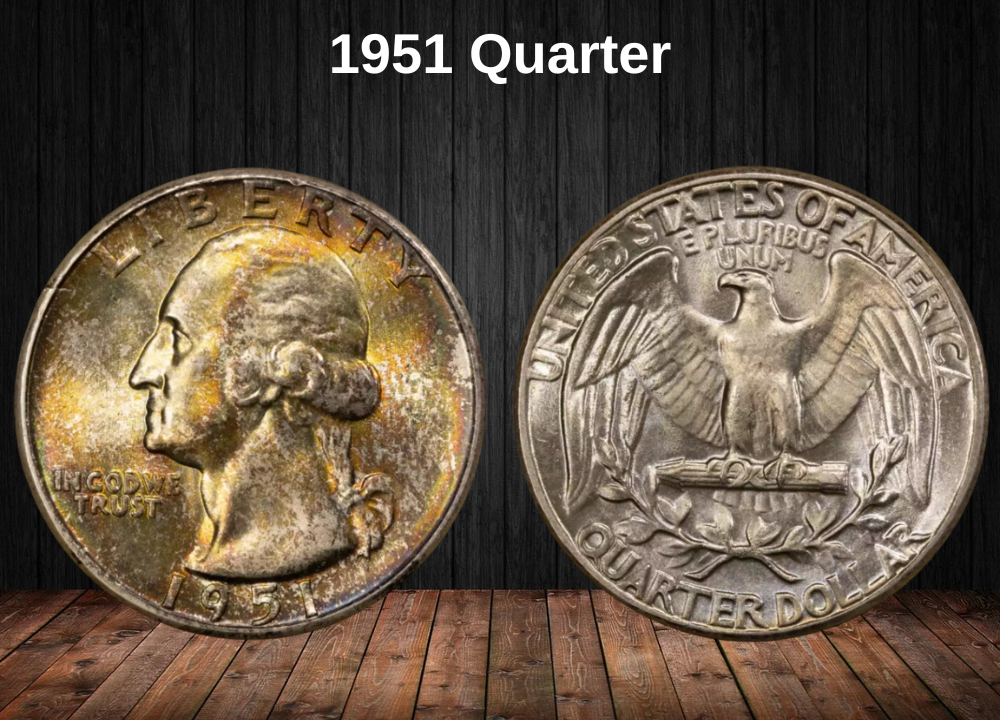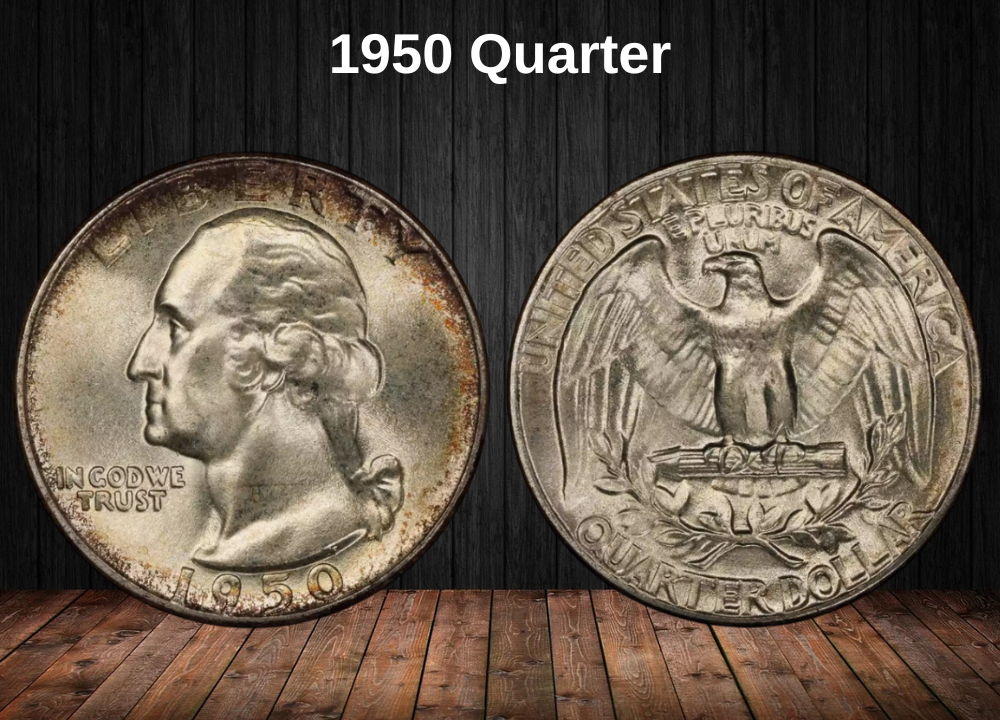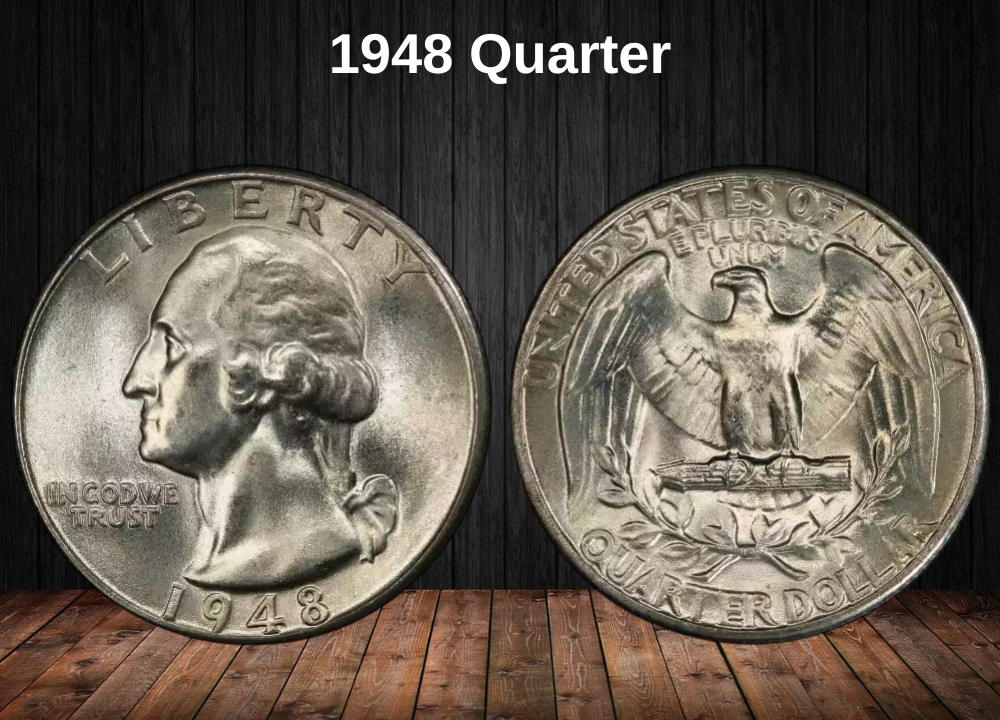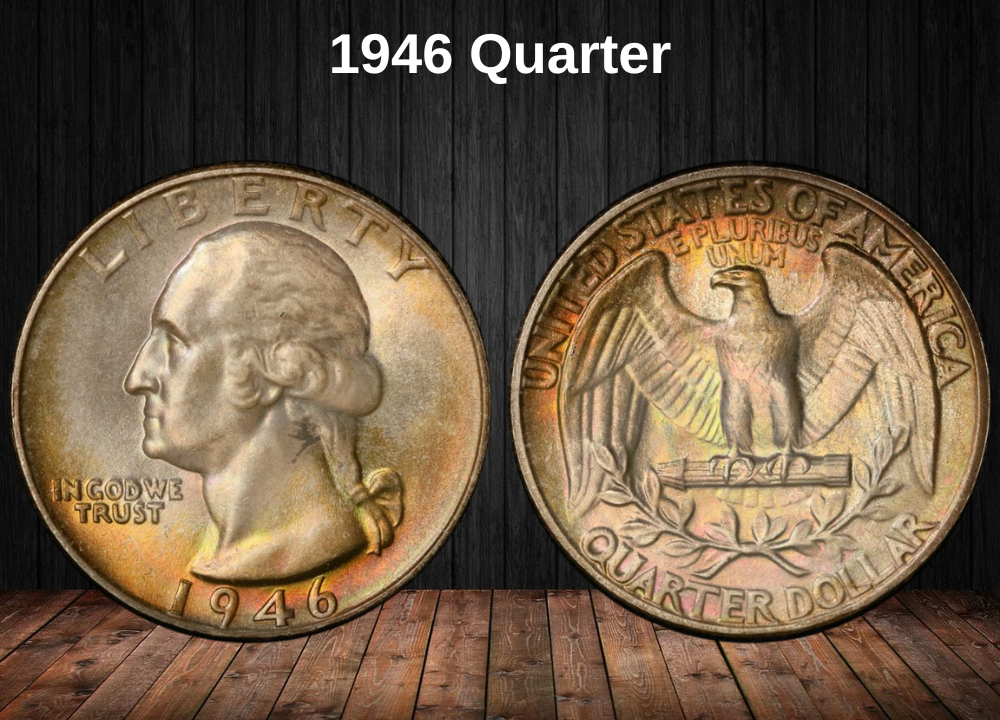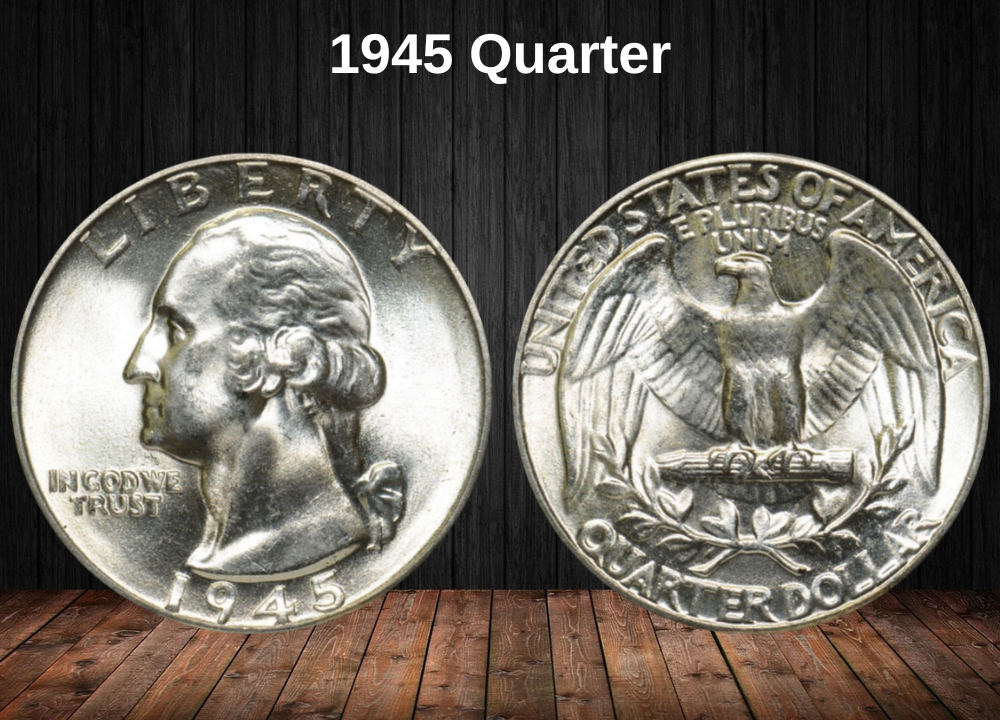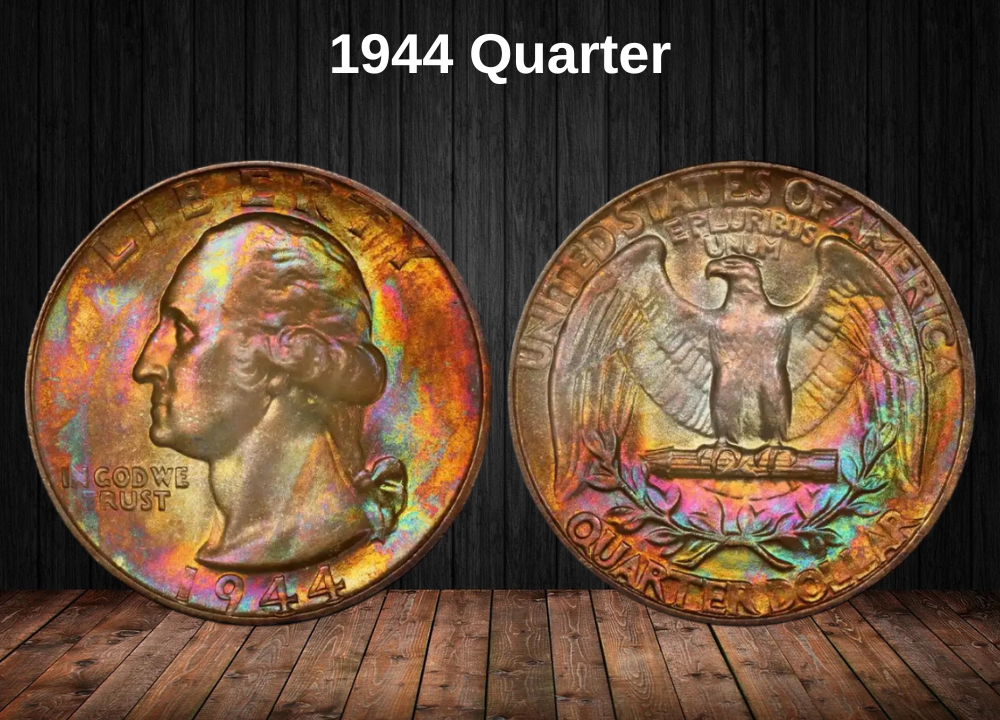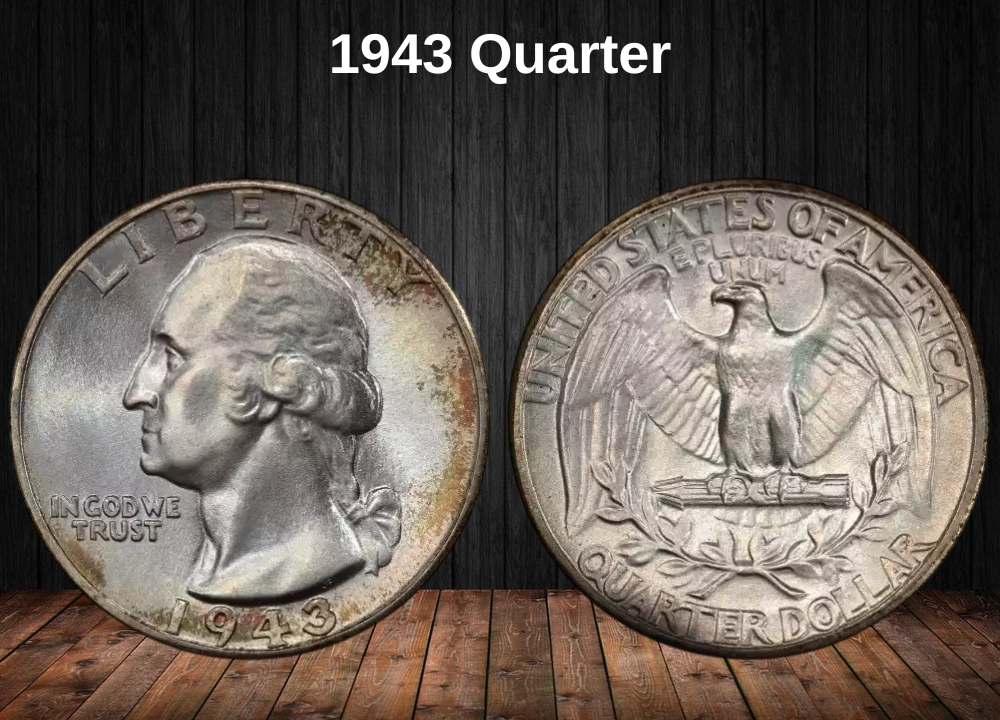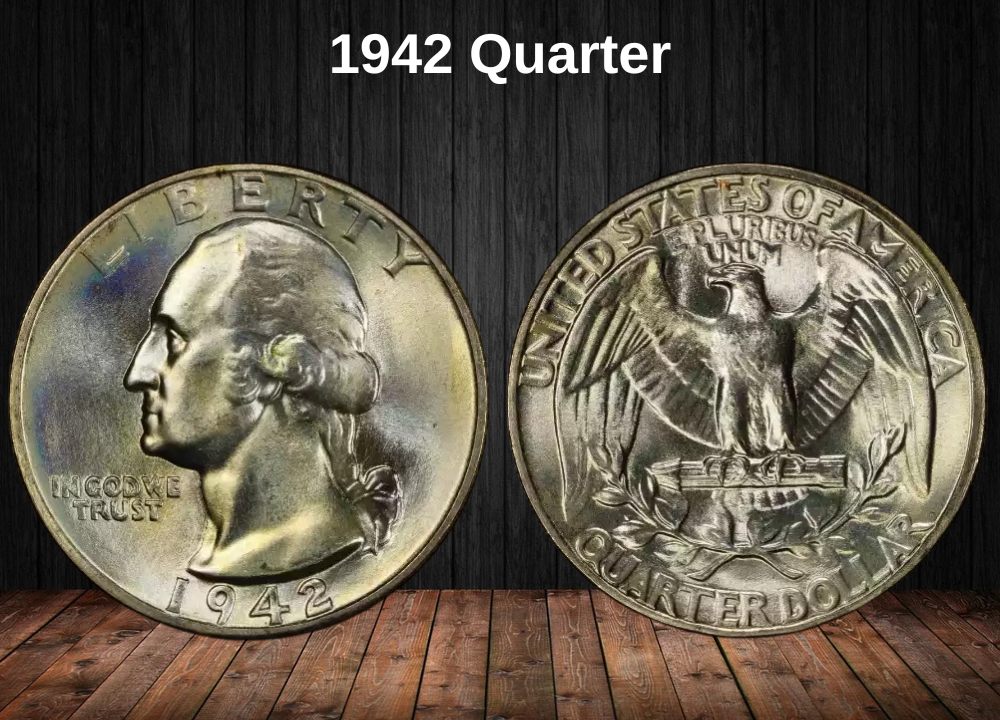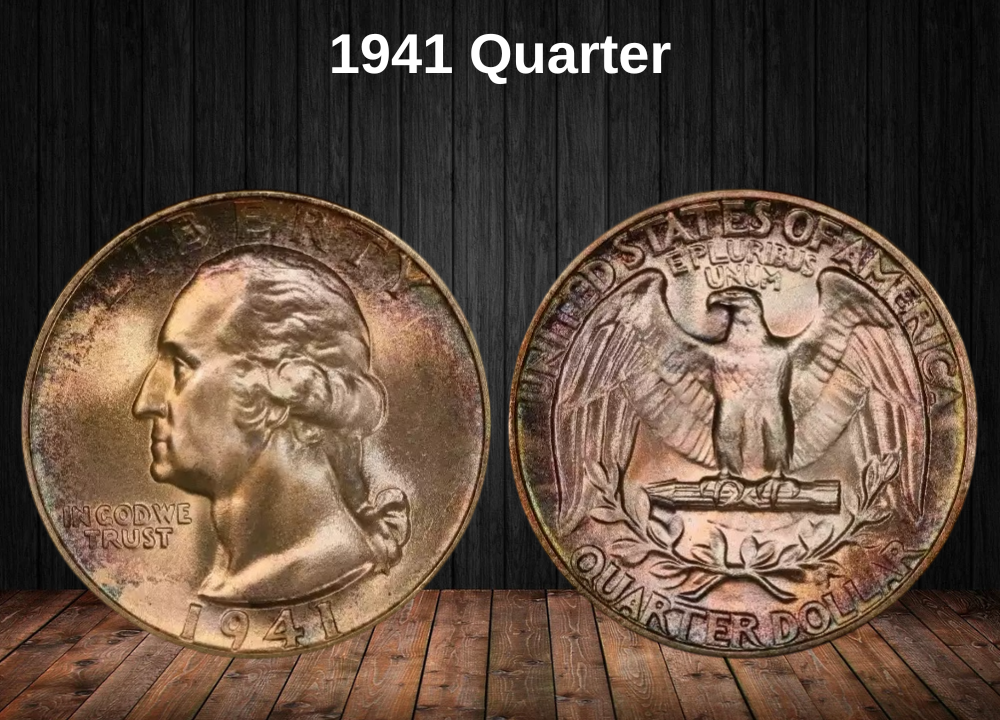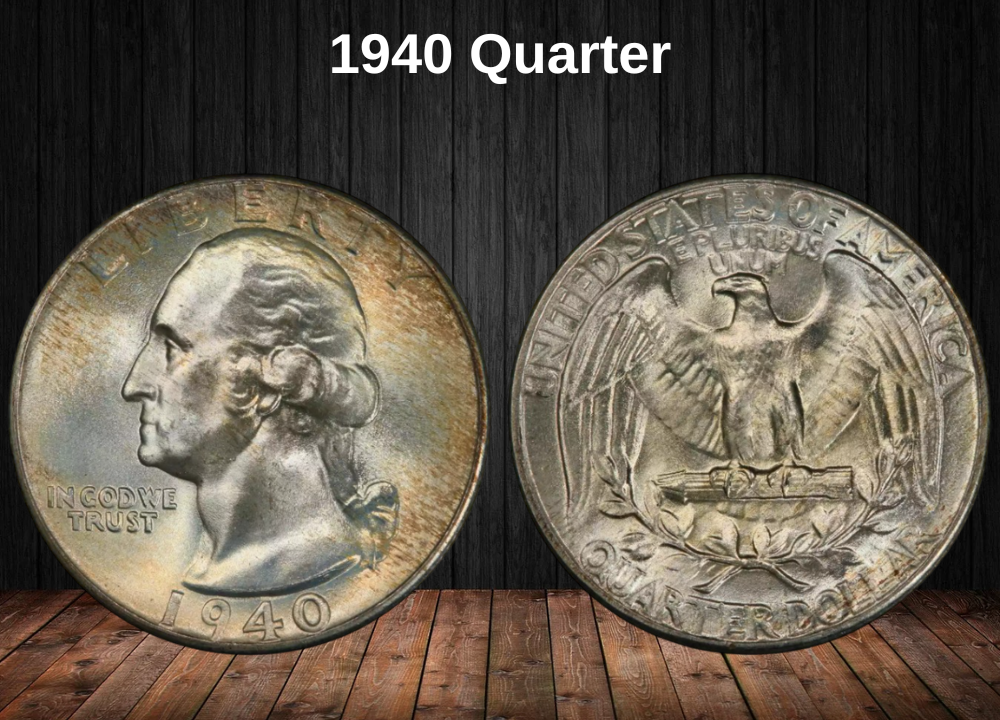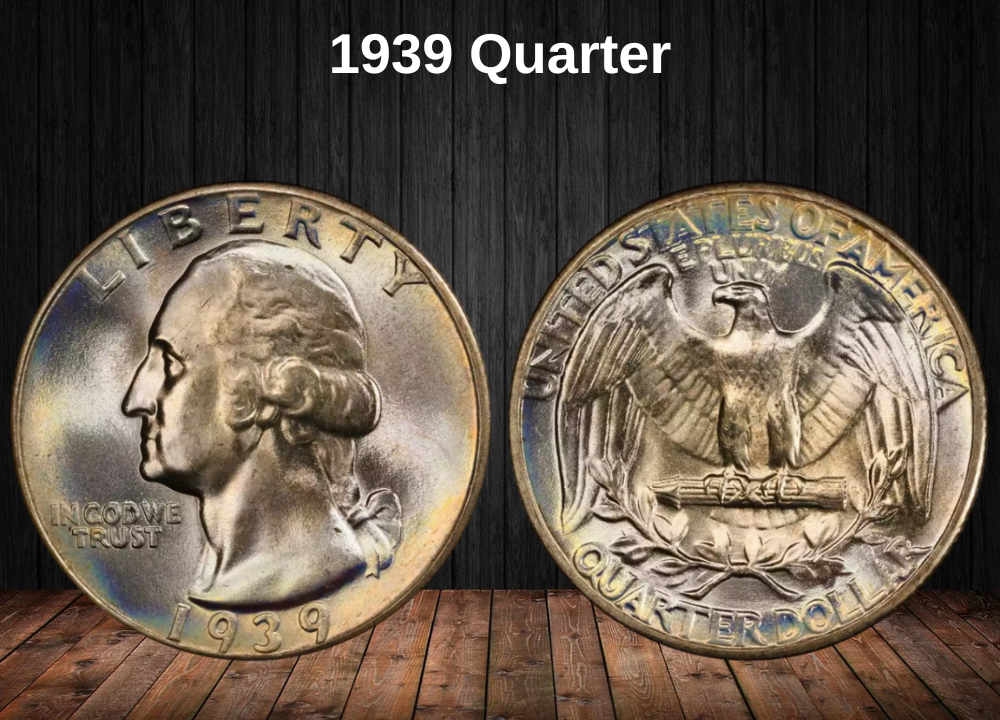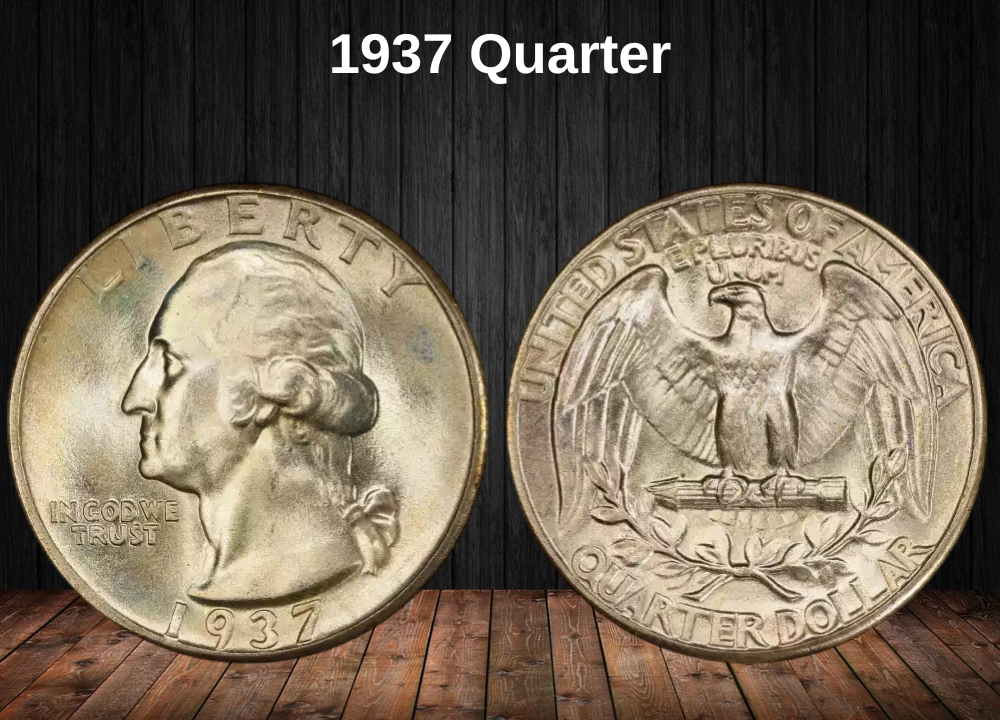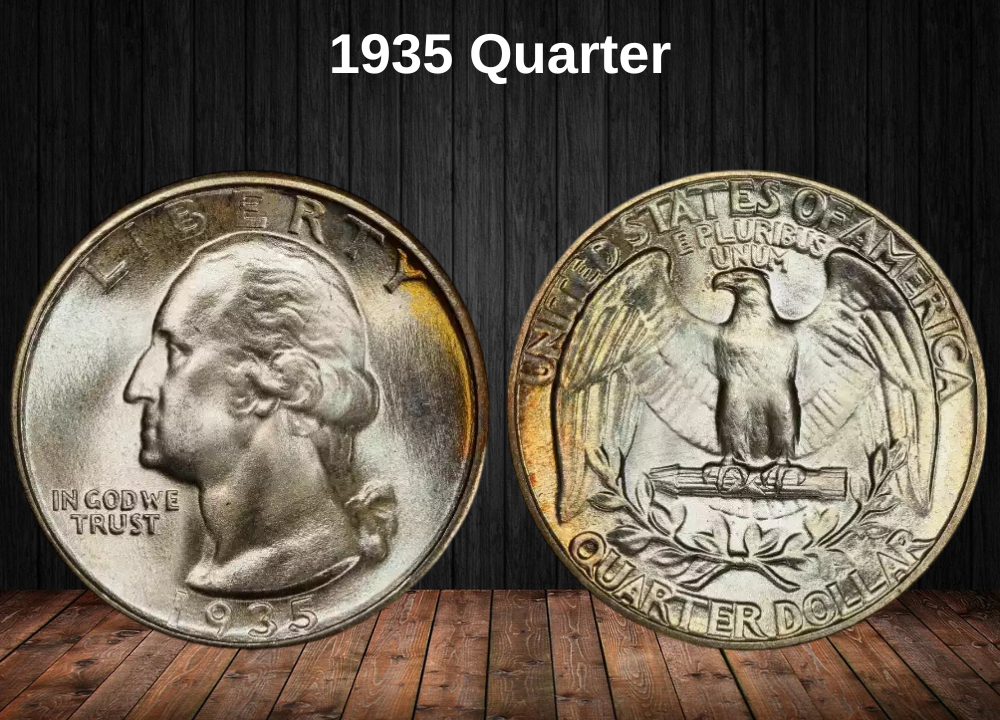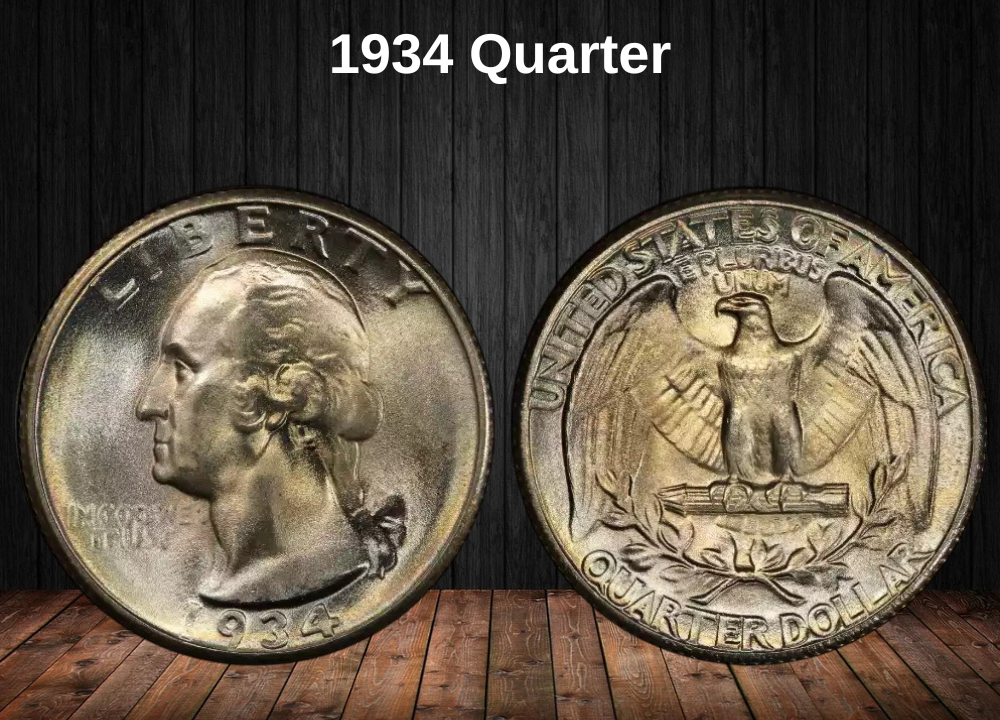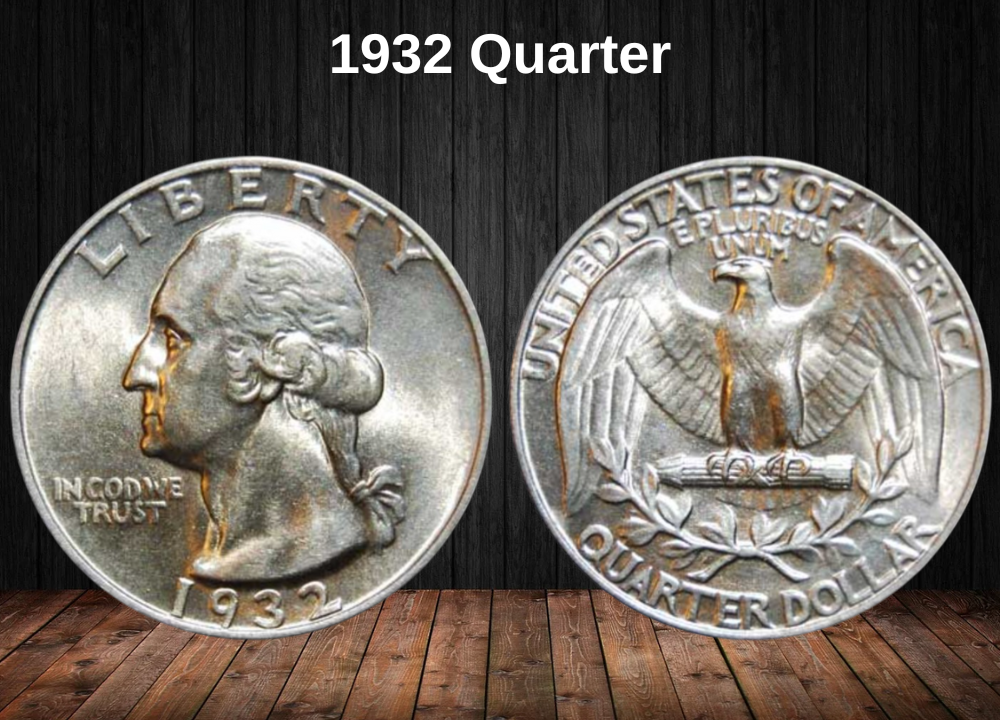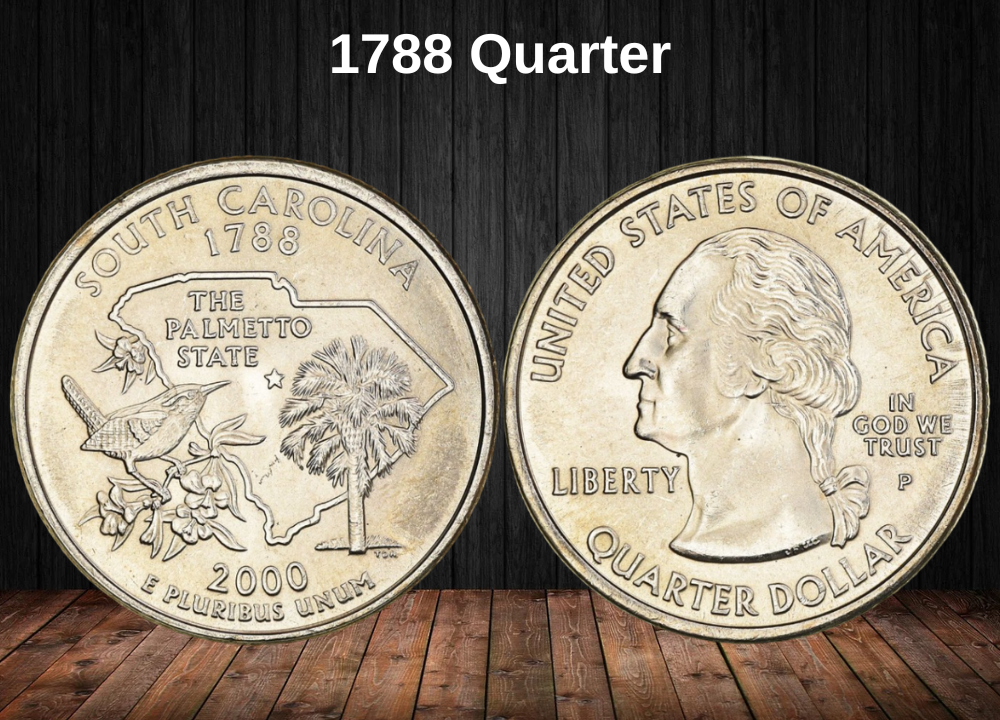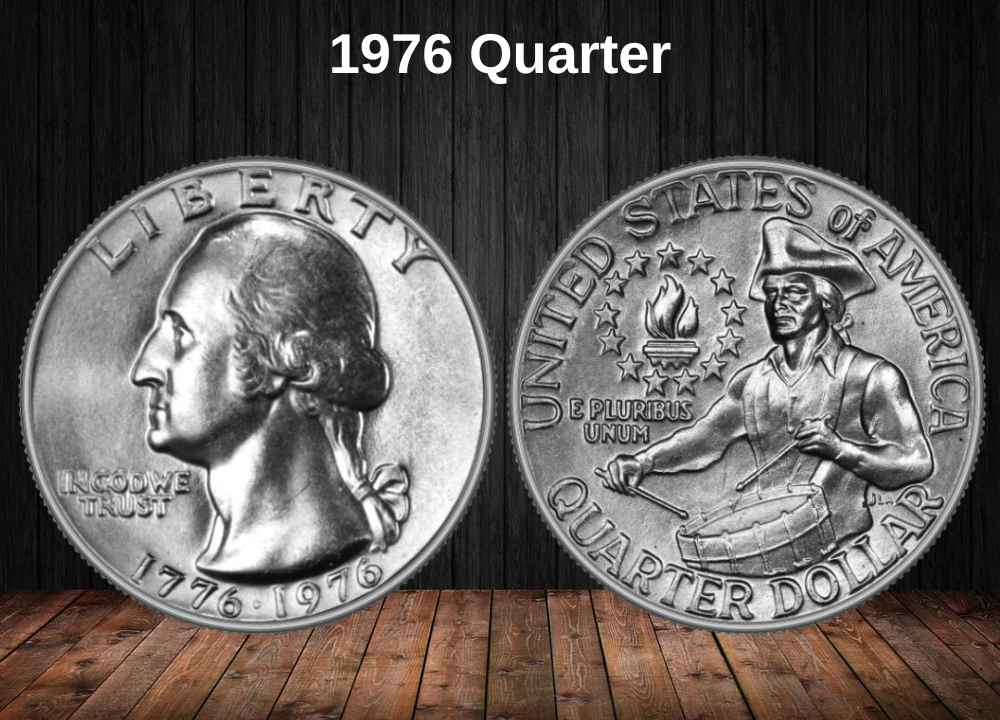The 1977 Washington quarter holds an intriguing place in modern numismatics. While most circulated pieces remain at face value, mint location plays a dramatic role in determining collector demand.
What surprises many collectors is that the 1977-D quarter from Denver commands much higher premiums than its Philadelphia counterpart, averaging $64.57 in mint state compared to only $7.17 for no mint mark (Philadelphia) issues. This unusual pricing inversion highlights Denver’s specific production challenges and the scarcity of well-preserved survivors.
San Francisco contributed proof-only issues this year, with Deep Cameo (DCAM) specimens averaging $5.22, ensuring that all three mints played a role in shaping the 1977 quarter market. For collectors, this year underscores how mint origin, strike quality, and condition can transform otherwise common coins into desirable pieces.
1977 Quarter Value By Variety
Here’s the complete breakdown of current values for 1977 Washington quarters across different grades and mint varieties:
| TYPE | GOOD | FINE | AU | MS | PR |
|---|---|---|---|---|---|
| 1977 No Mint Mark Quarter Value | $0.25 | $0.29 | $0.67 | $7.17 | — |
| 1977 D Quarter Value | $0.25 | $0.52 | $1.34 | $64.57 | — |
| 1977 S DCAM Quarter Value | — | — | — | — | $5.22 |
Top 7 Most Valuable 1977 Quarters Worth Money
| Rank | Coin / Variety | Grade | Value |
|---|---|---|---|
| 1 | 1977-D Washington Quarter | MS-67 | $4,465 |
| 2 | 1977 No Mint Mark Quarter | MS-67 | $1,440 |
| 3 | 1977-S Proof Quarter (DCAM) | PR-70 DCAM | $575 |
| 4 | 1977-D Washington Quarter | MS-66 | $310 |
| 5 | 1977 No Mint Mark Quarter | MS-66 | $190 |
| 6 | 1977-S Proof Quarter (CAM) | PR-69 CAM | $150 |
| 7 | 1977-S Proof Quarter (DCAM) | PR-69 DCAM | $110 |
History of the 1977 Quarter
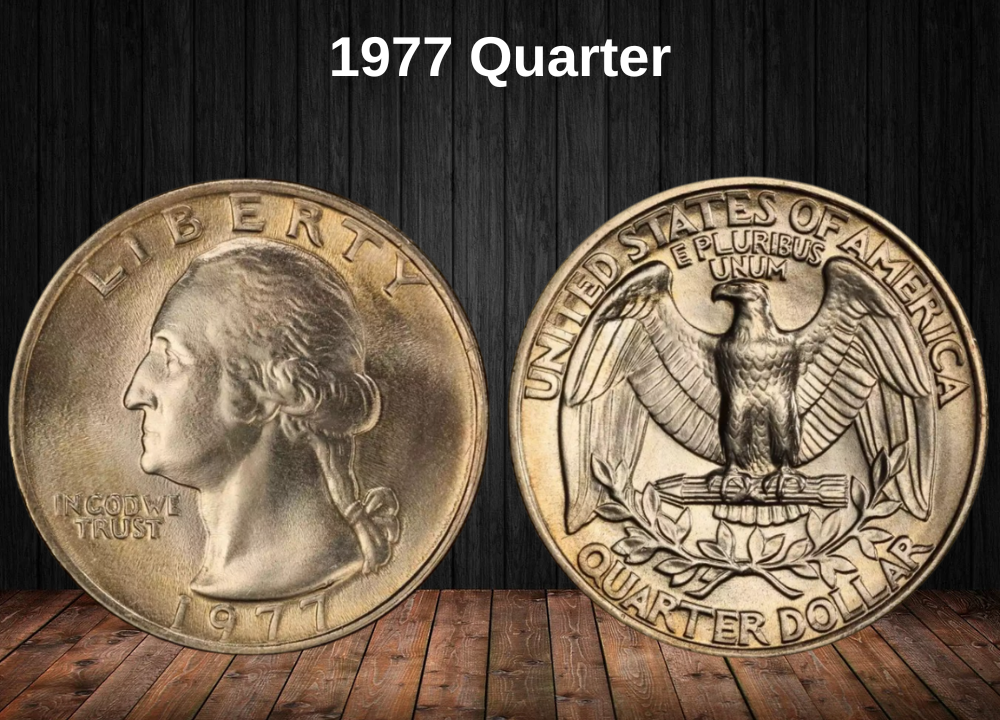
The 1977 Washington quarter belongs to the clad-era issues, a period that had fully replaced silver coinage following the Coinage Act of 1965. By this time, Americans had become accustomed to the copper-nickel clad quarters, which featured the same John Flanagan design introduced in 1932.
Unlike the dramatic Bicentennial quarters of 1976, the 1977 issues returned to the standard eagle-reverse design. This marked a “back to normal” phase after the special two-year celebration, giving the series continuity and familiarity to the public.
Production in 1977 was substantial, with over 1.2 billion quarters minted between Philadelphia and Denver. Yet, despite these large numbers, the year produced some surprising collecting twists:
- Philadelphia (No Mint Mark): While common in circulation, high-grade Mint State examples are difficult to locate, giving them extra value.
- Denver (D Mint Mark): Unusually, Denver issues ended up being the premium of the year. Their scarcity in top condition has led to values far exceeding Philadelphia counterparts.
- San Francisco (S Mint Mark): Proof-only strikes returned, catering directly to collectors with brilliant mirror fields and frosted devices.
Historically, the 1977 quarter represents the first “ordinary” issue after the excitement of the Bicentennial, yet its collecting story is far from ordinary. Thanks to grade rarity and mint variations, these coins show how even modern clad quarters can carry substantial numismatic value.
Key Features of the 1977 Quarter
The 1977 Washington Quarter carries the familiar John Flanagan design, which by this time had already been in use for 45 years. While no silver was used, the coin’s artistry and symbolism remained unchanged from its debut in 1932.
The Obverse of the 1977 Quarter
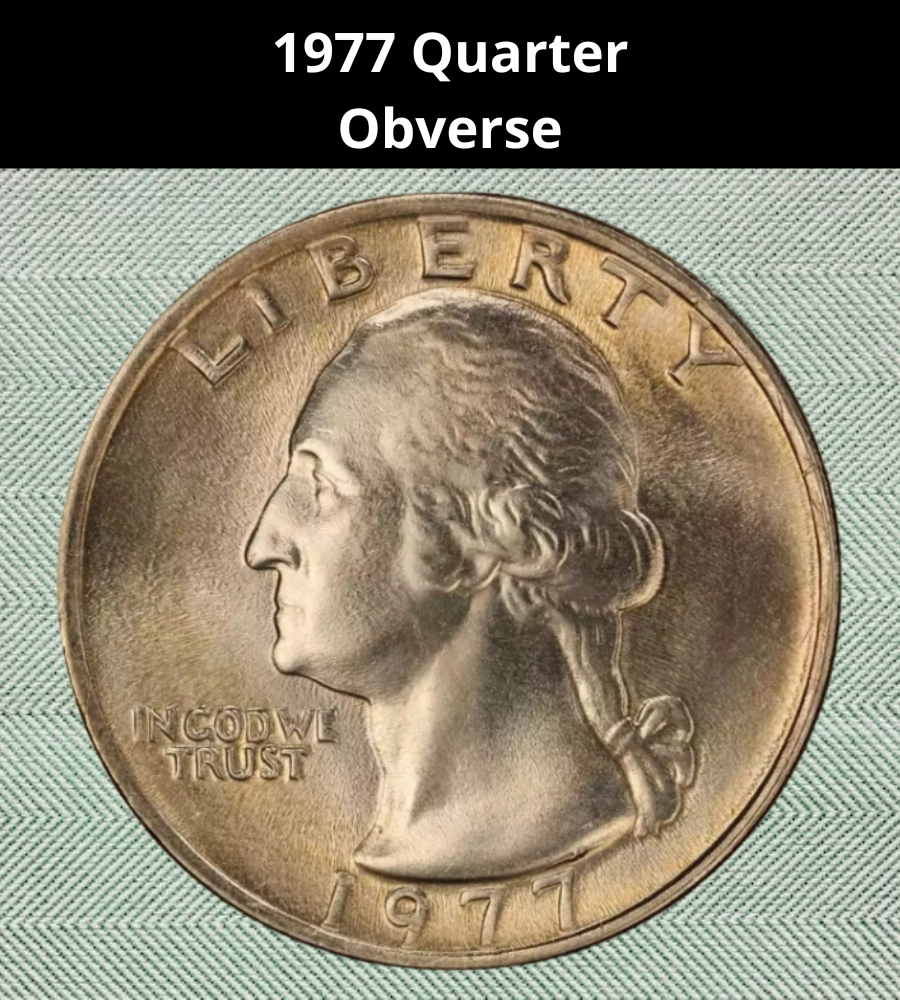
- Features George Washington’s left-facing profile, modeled after Jean-Antoine Houdon’s 1785 bust.
- The inscriptions include:
- LIBERTY at the top.
- IN GOD WE TRUST to the left, near Washington’s chin.
- The date 1977 along the bottom rim.
- Designer initials JF (for John Flanagan) are subtly engraved at the neckline truncation.
The Reverse of the 1977 Quarter
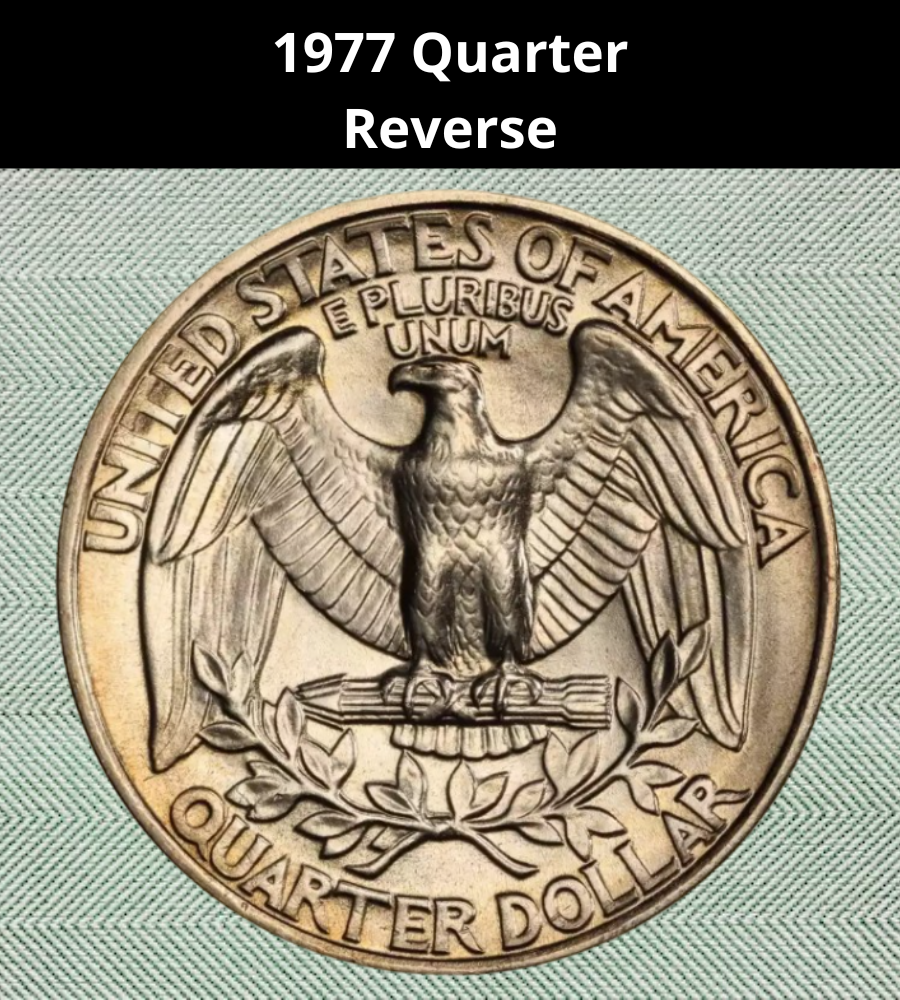
- Displays a heraldic eagle with wings outspread, clutching a bundle of arrows, symbolizing America’s strength and readiness for defense.
- Below the eagle, two olive branches form a semicircle, representing peace.
- Inscriptions include:
- UNITED STATES OF AMERICA across the top.
- The motto E PLURIBUS UNUM above the eagle.
- The denomination QUARTER DOLLAR at the bottom.
Other Features of the 1977 Quarter
- Composition: Copper-nickel clad (91.67% copper, 8.33% nickel).
- Weight: 5.67 grams.
- Diameter: 24.3 mm.
- Thickness: 1.75 mm.
- Edge: Reeded, with 119 reeds.
- Mint Marks:
- No mint mark = Philadelphia.
- “D” = Denver.
- “S” = San Francisco (proof issues only).
The 1977 quarter, while lacking silver, preserved the historic Washington design and patriotic symbolism that had become a cornerstone of U.S. coinage.
1977 Quarter Grading
Grading plays a crucial role in determining the value of a 1977 quarter. While circulated coins are typically worth only face value, uncirculated and proof coins can achieve significant premiums depending on condition. The table below summarizes the key grading benchmarks:
| Grade | Description | Value Impact |
|---|---|---|
| Good (G-4) | Heavy wear with major details worn flat; Washington’s portrait and eagle visible but lacking definition. | Worth only face value ($0.25). |
| Fine (F-12) | Moderate wear with some details on Washington’s hair and the eagle’s wings still visible. | Slight premium, usually under $1. |
| About Uncirculated (AU-50 to AU-58) | Light wear on high points, partial luster may remain. Eagle feathers and hair details mostly visible. | Values increase to $1–$2. |
| Mint State (MS-60 to MS-64) | No circulation wear; retains original mint luster but may have bag marks or contact marks. | Value ranges $5–$20 depending on grade. |
| Gem Mint State (MS-65 to MS-67) | Sharp strike with full luster, minimal marks. Very scarce for 1977-D and highly desirable. | $100–$4,000+, depending on grade and mint. |
| Proof (PR-65 to PR-70) | Mirror-like fields, frosted devices; may carry CAM or DCAM designations. | $5–$600+, with PR-70 DCAM being the most valuable. |
1977 Quarter Value Guides
1977 No Mint Mark Quarter Value
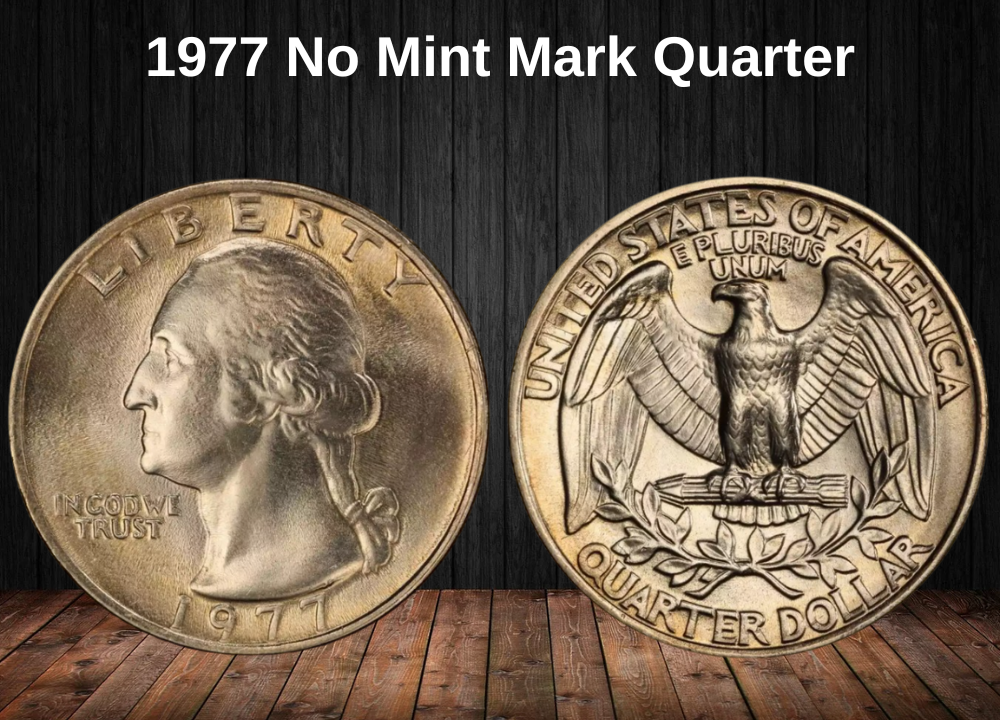
The 1977 No Mint Mark Quarter, struck at the Philadelphia Mint, is the standard issue for this year. With no mint mark beneath the eagle on the reverse, these coins represent the bulk of 1977 circulation strikes.
In circulated grades, they are common and usually worth only face value. However, uncirculated examples in high Mint State grades can command notable premiums. The Philadelphia issue tends to appear more often in lower conditions, making pristine specimens with sharp details and full luster harder to locate.
The finest known examples reach MS-67, where values exceed $1,000, showing just how significant the quality jump can be for a coin most people overlook as everyday change.
1977 No Mint Mark Quarter Value Chart
| Grade | Value Range |
|---|---|
| Good (G-4) | $0.25 |
| Fine (F-12) | $0.29 |
| About Uncirculated (AU-50) | $0.67 |
| Mint State (MS-63) | $10 – $20 |
| Mint State (MS-65) | $75 – $150 |
| Mint State (MS-67) | $1,200 – $1,440 |
1977-D Quarter Value
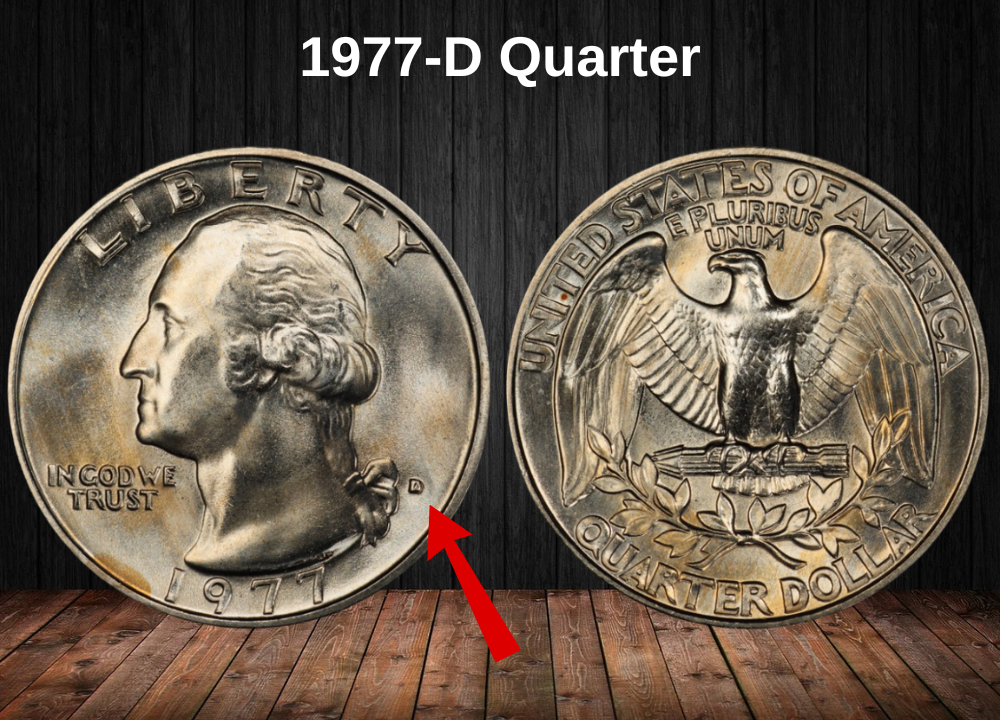
The 1977-D Washington Quarter, struck at the Denver Mint, is the true standout of the 1977 series. Despite its large mintage, this coin has proven to be unusually scarce in high grades, giving it much higher values than its Philadelphia counterpart.
Most 1977-D quarters entered heavy circulation, and examples with sharp details and minimal marks are rare. Collectors pay strong premiums for Mint State coins, especially those grading MS-66 and MS-67, which are considered condition rarities.
This scarcity has created one of the largest value gaps in modern Washington quarters—where a circulated piece is worth only face value, but pristine Mint State coins can climb into the thousands.
1977-D Quarter Value Chart
| Grade | Value Range |
|---|---|
| Good (G-4) | $0.25 |
| Fine (F-12) | $0.52 |
| About Uncirculated (AU-50) | $1.34 |
| Mint State (MS-63) | $20 – $35 |
| Mint State (MS-65) | $250 – $400 |
| Mint State (MS-67) | $3,500 – $4,465 |
1977-S DCAM Quarter Value
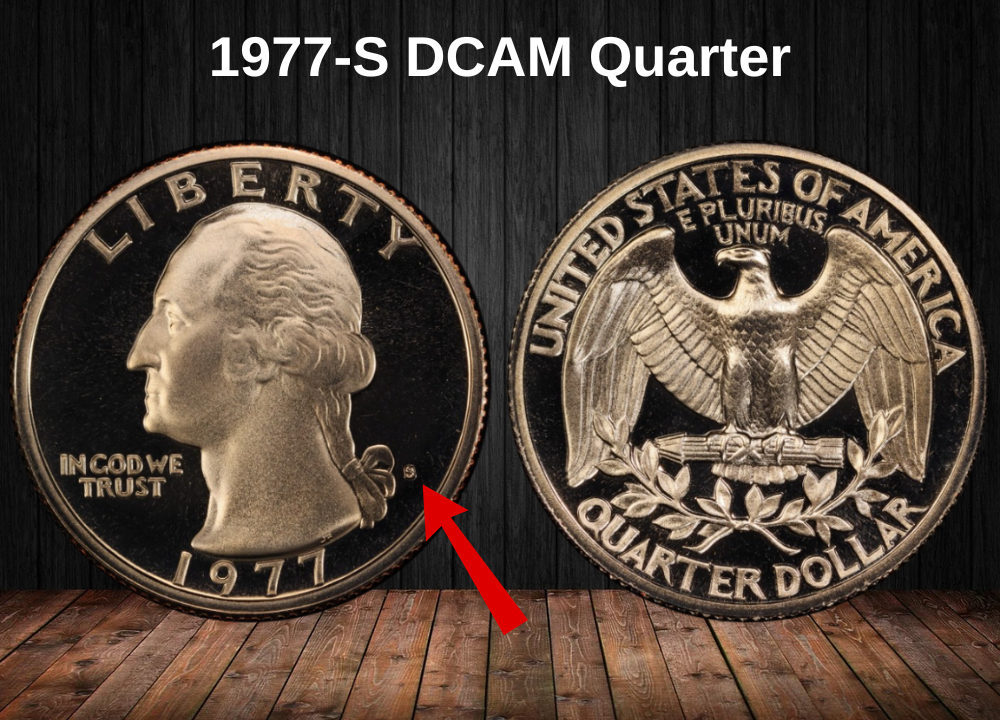
The 1977-S Washington Quarter was produced exclusively as a proof coin at the San Francisco Mint. While all proof quarters feature sharp strikes and polished surfaces, only the best examples earn the DCAM (Deep Cameo) designation.
A DCAM proof is distinguished by its frosted, cameo-like design elements that stand out boldly against deeply mirrored fields, creating a striking black-and-white contrast. In 1977, achieving this perfect finish was inconsistent, making DCAM examples scarcer than standard proofs.
Collectors prize these coins for both their beauty and their rarity at the highest grades. While lower-grade proofs remain affordable, PR-70 DCAM specimens are true trophy pieces for Washington quarter collectors.
1977-S DCAM Quarter Value Chart
| Grade | Value Range |
|---|---|
| PR-65 DCAM | $15 – $25 |
| PR-66 DCAM | $30 – $45 |
| PR-67 DCAM | $60 – $90 |
| PR-68 DCAM | $120 – $200 |
| PR-69 DCAM | $250 – $400 |
| PR-70 DCAM | $500 – $575 |
Rare 1977 Quarter Error List
While the 1977 Washington Quarter is a modern clad issue, several error varieties stand out, making them especially desirable for collectors. Below are the most significant 1977 quarter errors with updated values.
1. 1977-D Doubled Die Obverse (DDO)
The 1977-D DDO is one of the most notable errors of this year. It features visible doubling on the obverse inscriptions, especially in “LIBERTY” and “IN GOD WE TRUST”, as well as subtle doubling in the digits of the date.
This error resulted from a misaligned hubbing process, where the die received multiple impressions at slightly different angles. These coins are rare, and values rise sharply in uncirculated grades.
Value Chart – 1977-D Doubled Die Obverse (DDO)
| Grade | Value Range |
|---|---|
| VF-20 | $35 – $60 |
| EF-40 | $75 – $120 |
| AU-50 | $150 – $225 |
| MS-63 | $400 – $650 |
| MS-65 | $1,000 – $1,600 |
2. 1977-D Repunched Mint Mark (RPM)
In 1977, Denver still used hand-punched mint marks, which sometimes led to RPM (Repunched Mint Mark) errors. On these quarters, you can see a second “D” punched slightly off-center from the first, often showing as a shadow or doubling effect under magnification.
These are highly collectible for error specialists and showcase the final era of hand-punched mint marks before modern technology took over.
Value Chart – 1977-D RPM
| Grade | Value Range |
|---|---|
| VF-20 | $15 – $25 |
| EF-40 | $35 – $55 |
| AU-50 | $75 – $110 |
| MS-63 | $175 – $260 |
| MS-65 | $325 – $500 |
3. 1977-S Proof Double Die Obverse (DDO)
San Francisco proofs are known for their sharp quality, which makes doubled die varieties even more striking. The 1977-S Proof DDO shows crisp doubling in LIBERTY and IN GOD WE TRUST, with separation lines visible in high grades.
Cameo and Deep Cameo designations add strong premiums, as the doubling becomes even more pronounced against frosted devices and mirrored fields.
Value Chart – 1977-S Proof DDO
| Grade | Value Range |
|---|---|
| PR-64 | $75 – $120 |
| PR-65 | $150 – $225 |
| PR-66 | $250 – $375 |
| PR-67 | $450 – $650 |
| PR-68 CAM/DCAM | $800 – $1,200 |
4. Off-Center Strikes
The off-center strike is a classic minting error where the blank planchet was not properly centered during striking. 1977 off-center quarters are especially collectible when the date remains visible, as this helps confirm authenticity and year.
Mild off-center strikes (5–10%) bring small premiums, but dramatic ones (40–60%) with full dates can command hundreds of dollars.
Value Chart – 1977 Off-Center Strike
| Off-Center % | Value Range |
|---|---|
| 5–10% | $20 – $40 |
| 20–30% | $75 – $150 |
| 40–60% (with full date) | $250 – $500+ |
5. Clipped Planchet Error
Another popular error for 1977 quarters is the clipped planchet, where part of the coin’s edge is missing due to a blank misfeed during minting. These errors create a distinctive curved or straight clip.
Collectors prize coins where the clip does not obscure key design elements, especially when the error is obvious at first glance.
Value Chart – 1977 Clipped Planchet
| Grade | Value Range |
|---|---|
| VF-20 | $15 – $25 |
| EF-40 | $25 – $40 |
| AU-50 | $50 – $75 |
| MS-63 | $100 – $150 |
| MS-65 | $200 – $300 |
Where to Sell Your Quarter Coin?
Now that you know the value of your quarter, the next step is deciding where to sell it. There are several trusted options—both online and in person—that can help you get the best price depending on your coin’s rarity and condition.
To see the full list of recommended places, along with their advantages and disadvantages, check our complete guide on where to sell your quarter coins.
FAQ About The 1977 Quarter
1) What are the true “cherrypick” targets in 1977?
- Business strikes in MS-67+ with full hair above the ear and sharp eagle breast/arrow feathers (rare despite huge mintages).
- 1977-D RPMs with clear secondary impressions; strongest examples show notching to one side of the mintmark.
- 1977-S Proofs with genuine Deep Cameo (thick frost + black mirrors, no haze/hairlines).
2) Why are top-pop business strikes so elusive?
Mid-’70s production = bag marks, flat strike, and muted luster. Most coins cap out at MS-64/65. Gems require:
- Booming cartwheel luster
- Clean fields on both sides (watch Washington’s cheek/jaw)
- Fully struck hair curls and eagle breast (no mush)
3) How do I separate a premium Proof DCAM from an average 1977-S?
- Frost thickness: devices look “powdery,” not thin/patchy.
- Field depth: inky mirrors that stay dark at multiple angles.
- Die state: early dies show strongest contrast; later polishing reduces cameo.
- Surface quality: zero wipe lines on mirrors; hairlines instantly kill grade.
4) What diagnostics confirm an RPM vs. strike/mechanical doubling at 1977-D?
- RPM (hand-punched era): rounded, split serifs/notches on the D; design remains full-thickness.
- Machine doubling: flat, shelf-like smear that reduces thickness; no added serifs.
- Photograph at 10×–20× with cross-lighting to see the notch shape.
5) Which wrong-planchet errors matter most and how do I field-test them?
- Quarter on dime planchet: ~2.27 g, undersized diameter, missing peripheral legends/rims.
- Quarter on nickel/foreign stock: off-weight with abnormal color/rim.
- Field checks: weighing, calipers, and edge inspection. Any dramatic mis-fit = slab candidate.
6) What are the most penalized strike locations in grading 1977 quarters?
- Obverse: hair above the ear, temple curls, jaw/cheek scuffs.
- Reverse: eagle’s breast, arrow shafts/feathers, right (heraldic left) wing tips.
Even minor weakness here can cap a spectacularly clean coin at MS-65/66.
7) What’s the smart submission play for 1977?
- Raw picks: only coins with undeniable MS-67 potential (full strike + booming luster + near-pristine fields).
- Varieties: certify bold 1977-D RPMs with crisp notching.
- Proofs: chase PR-69 DCAM that are haze-free with uniform frost. Anything with hairlines = pass.

